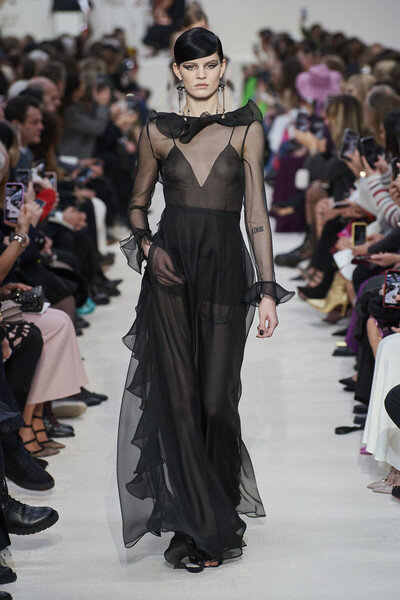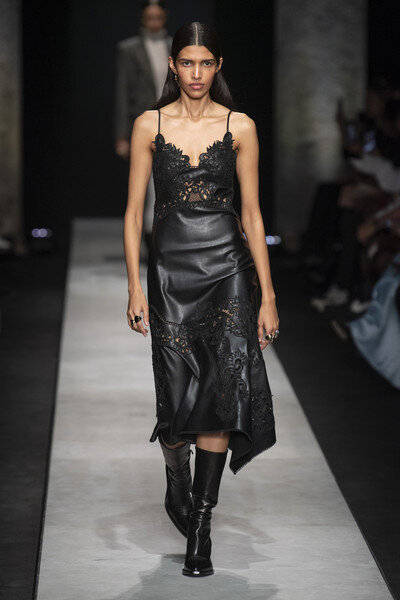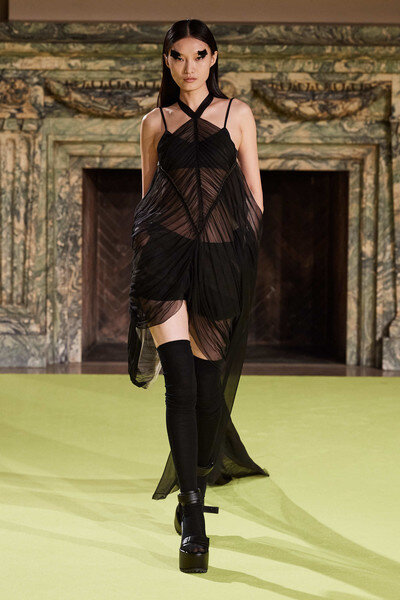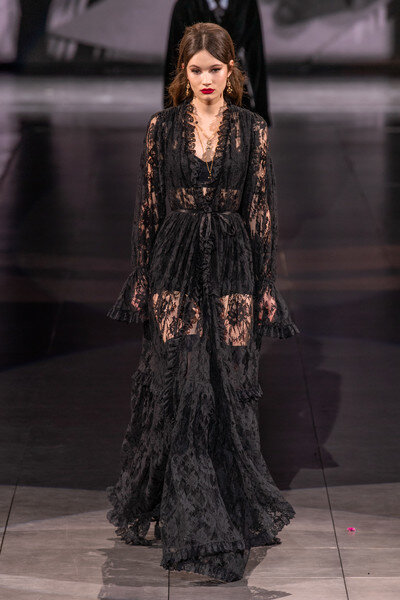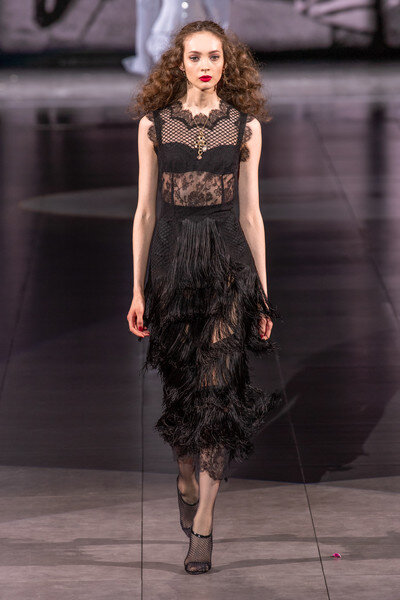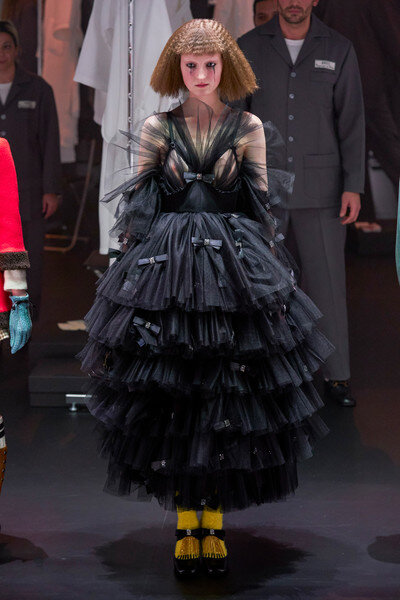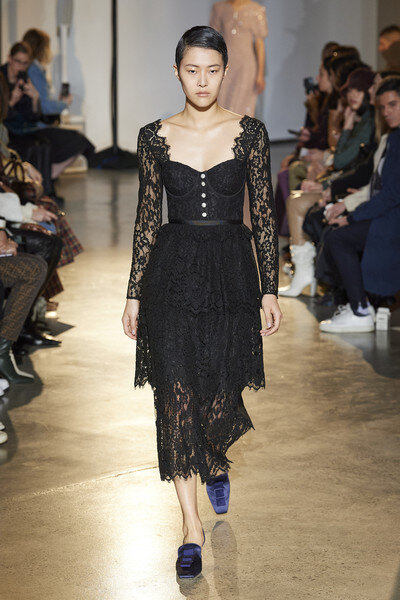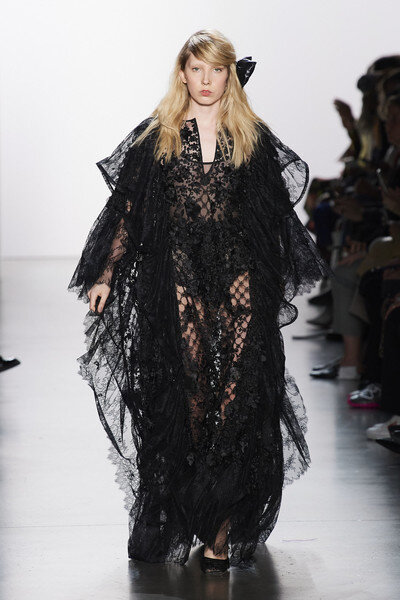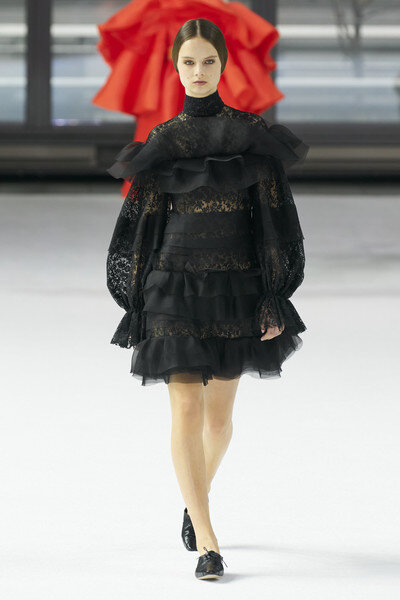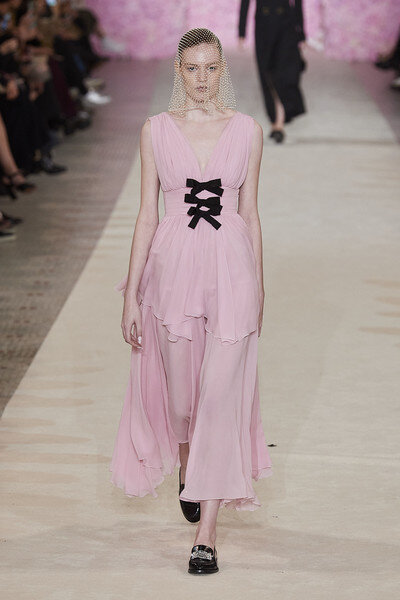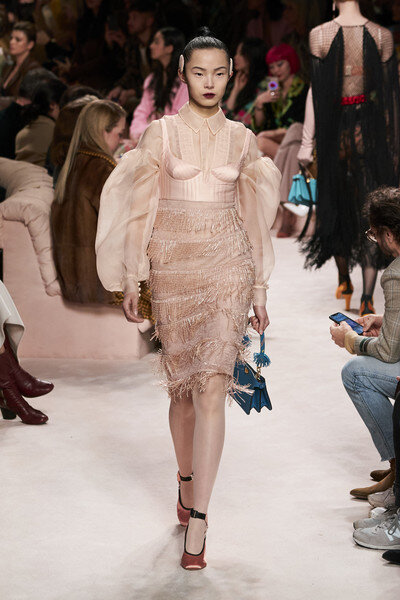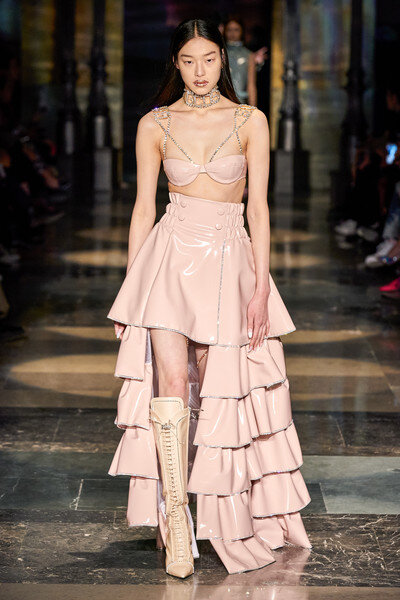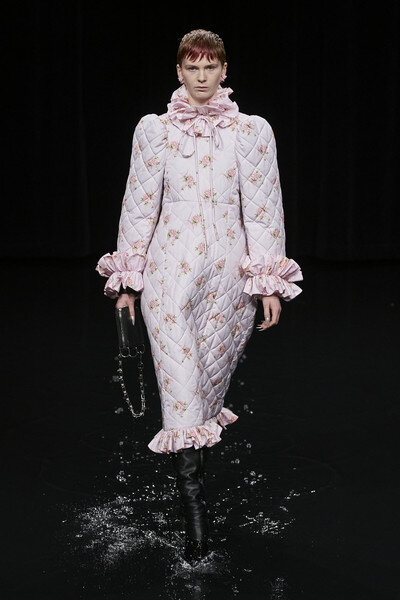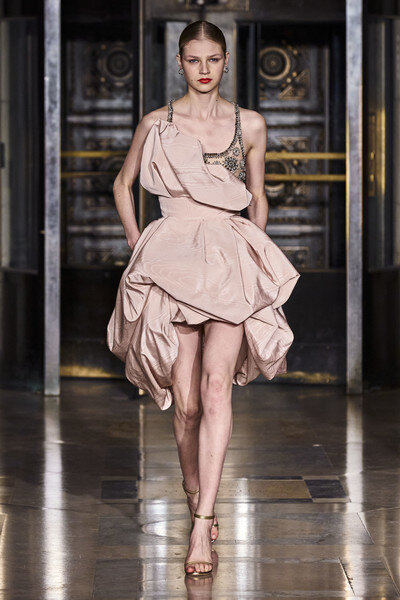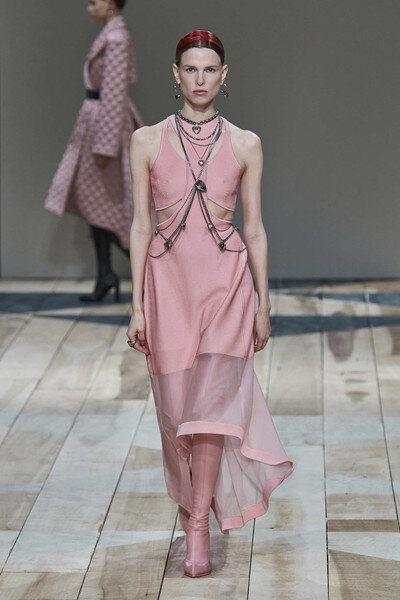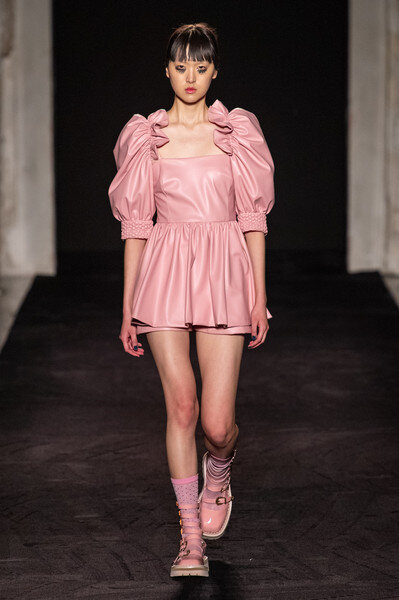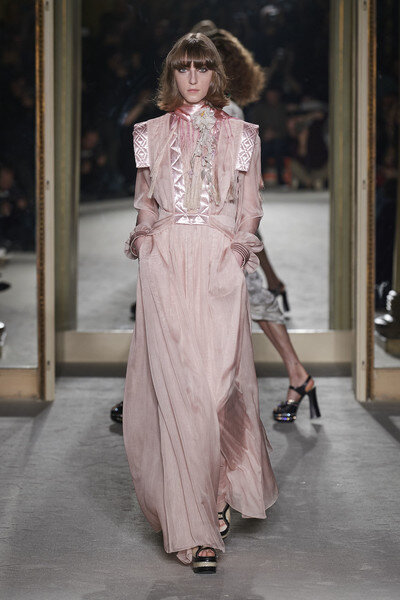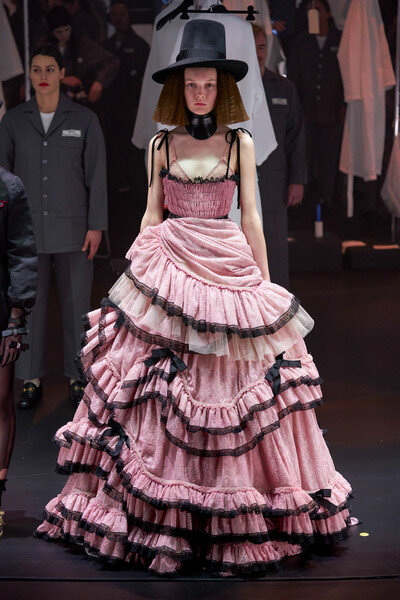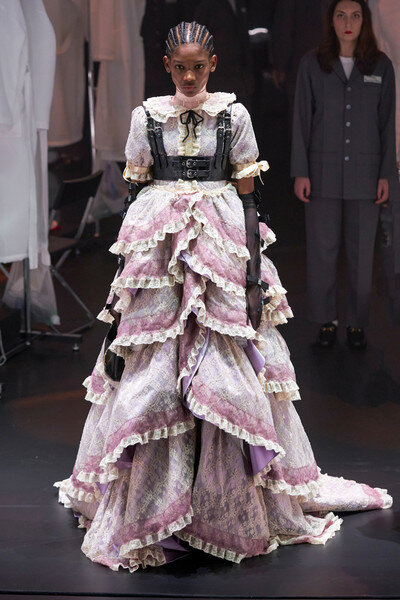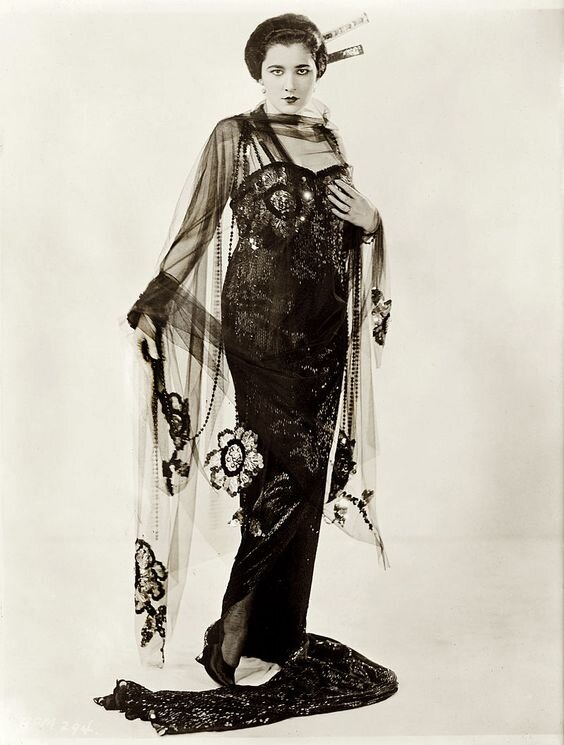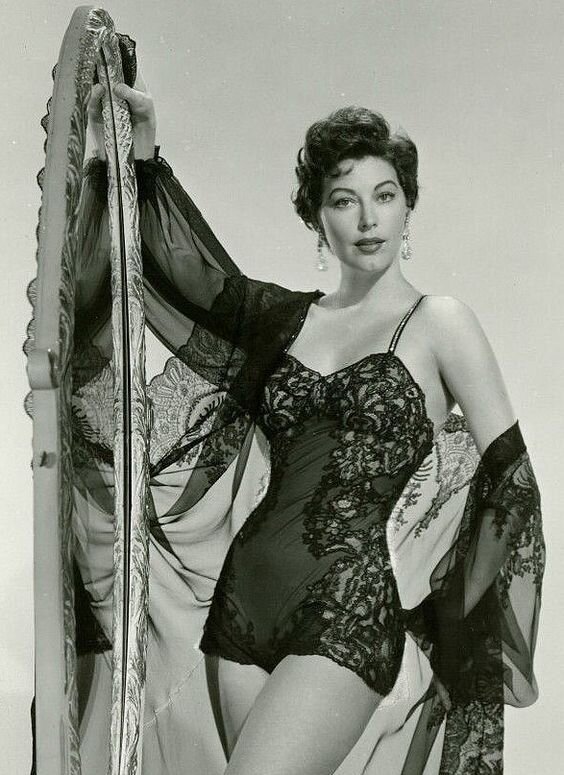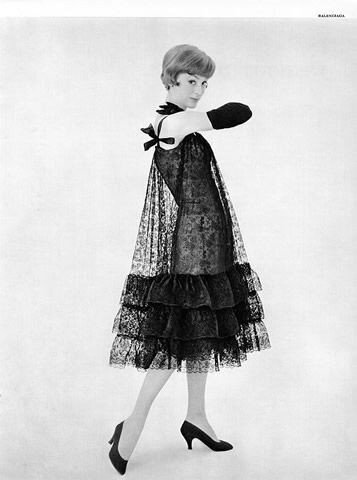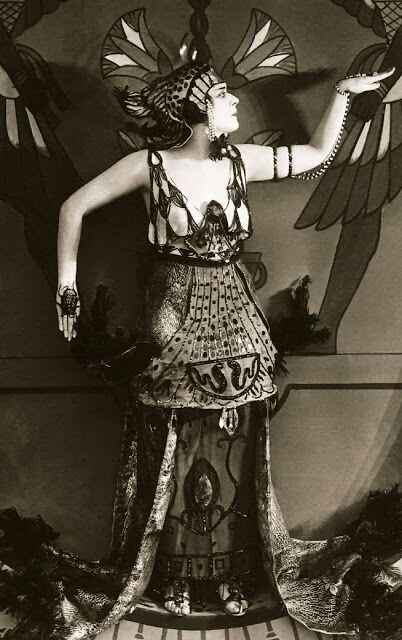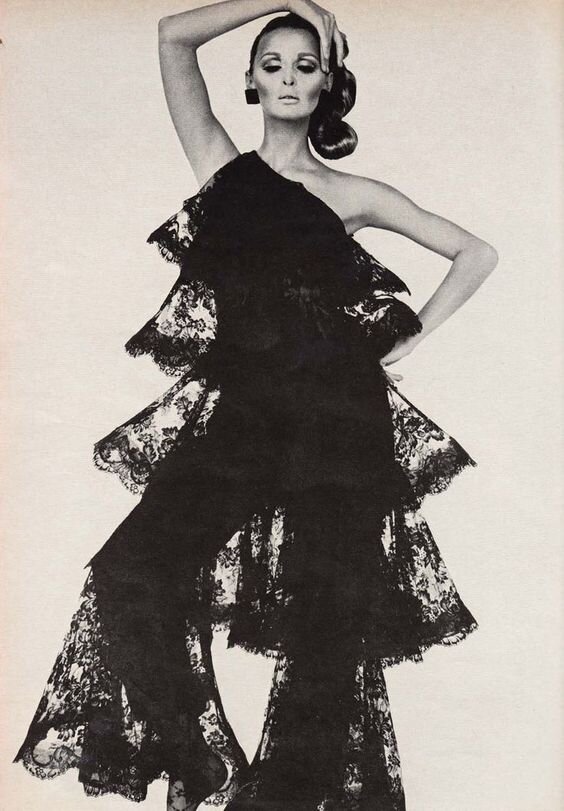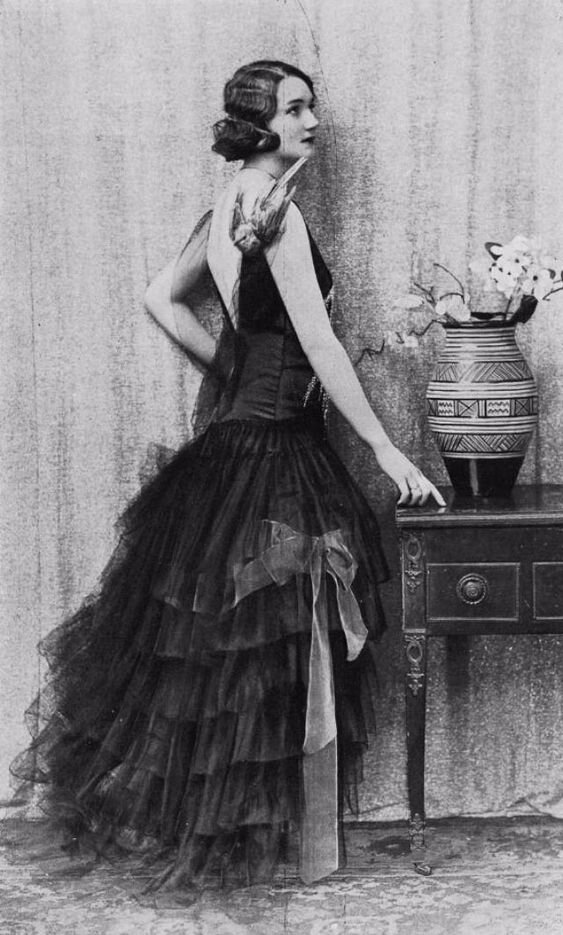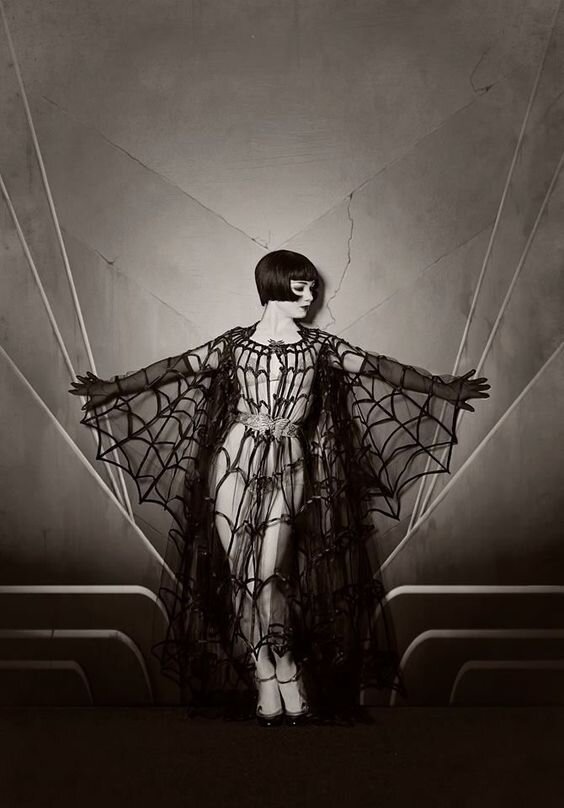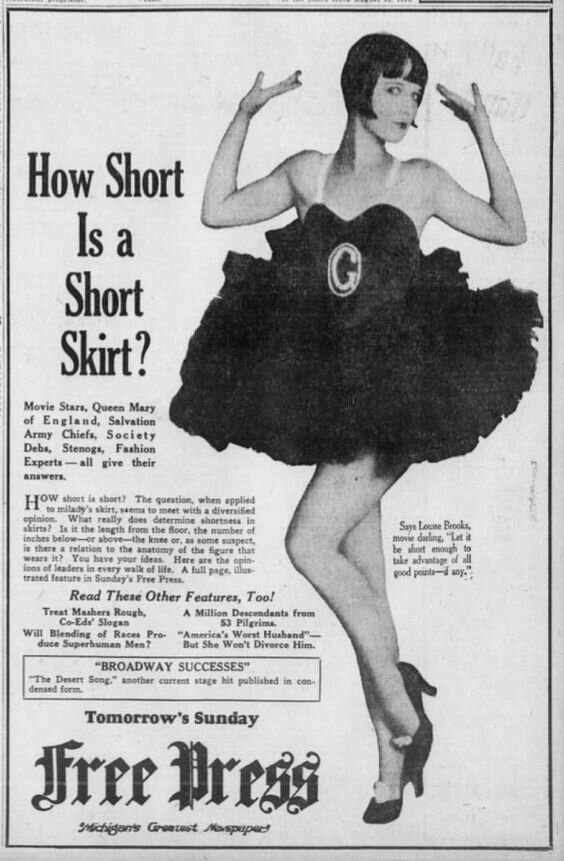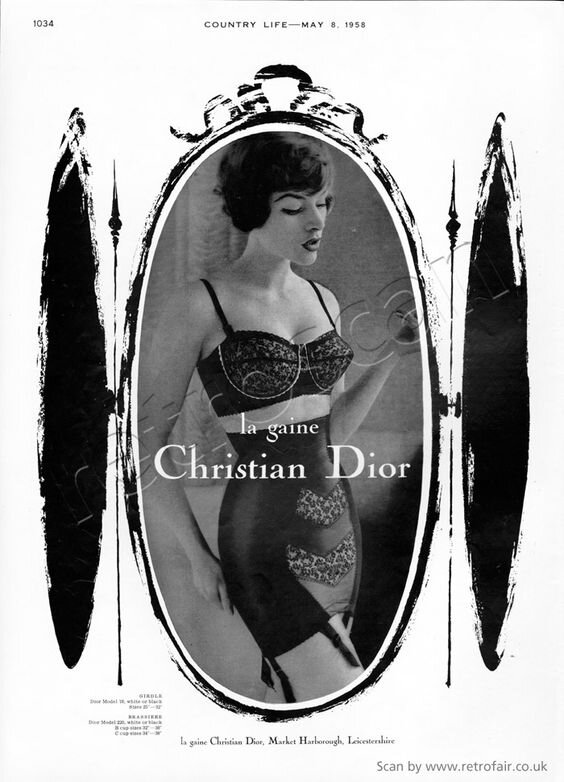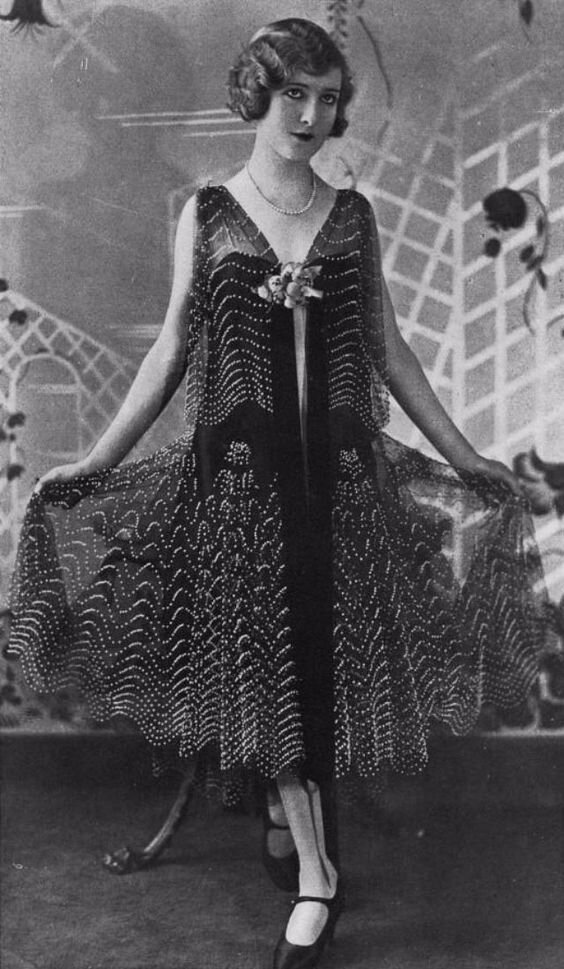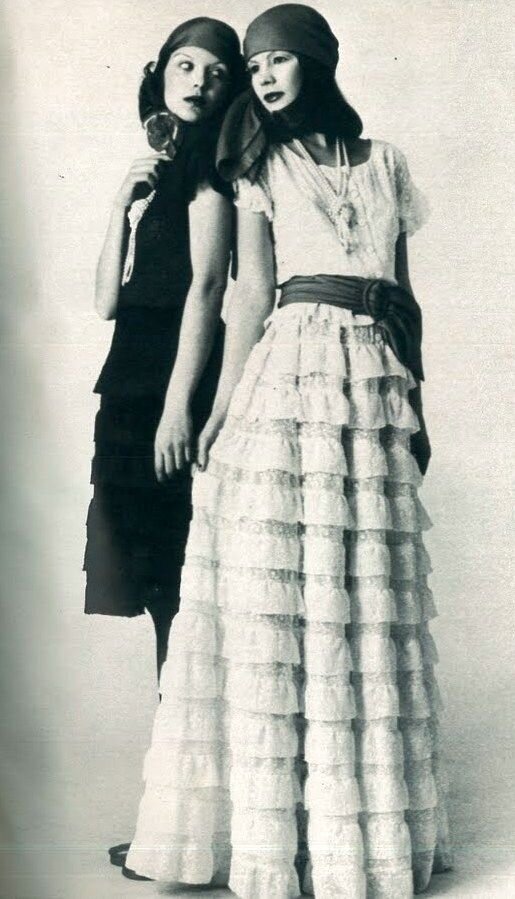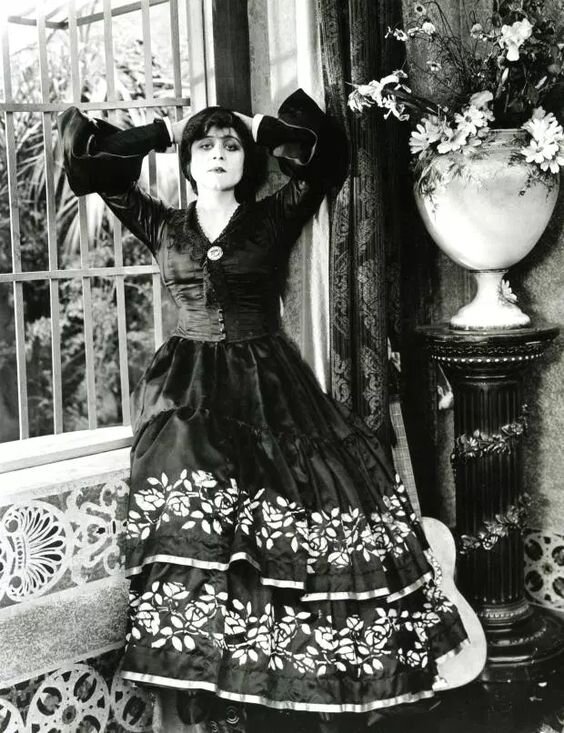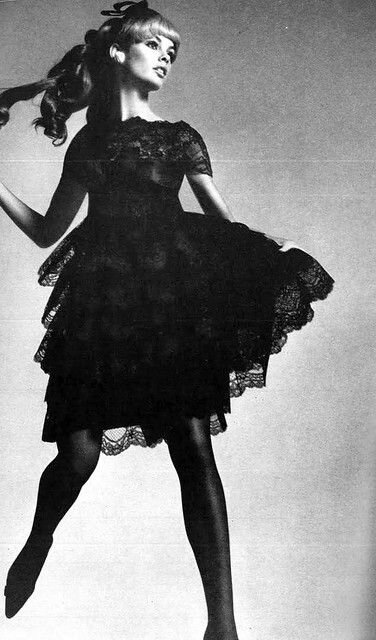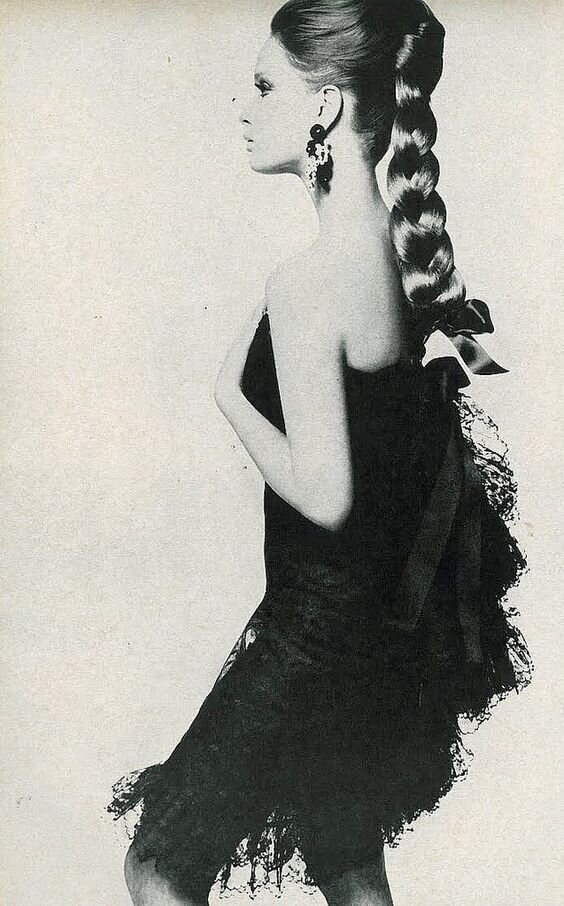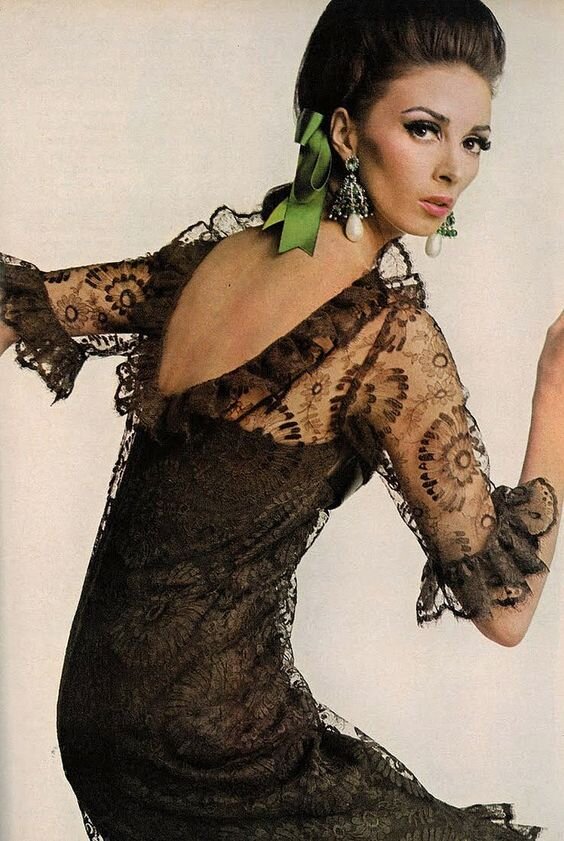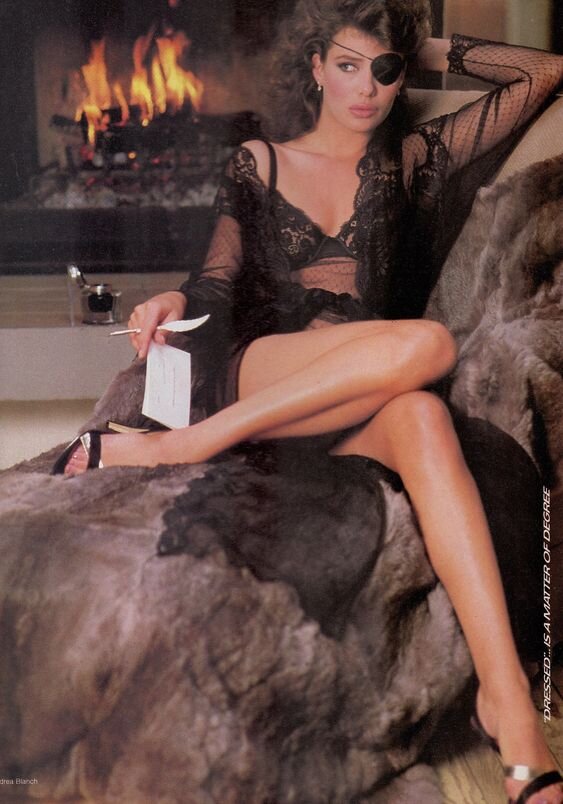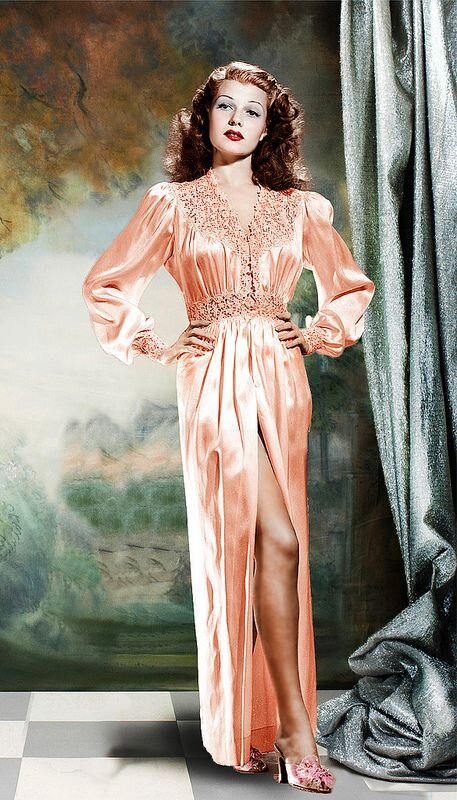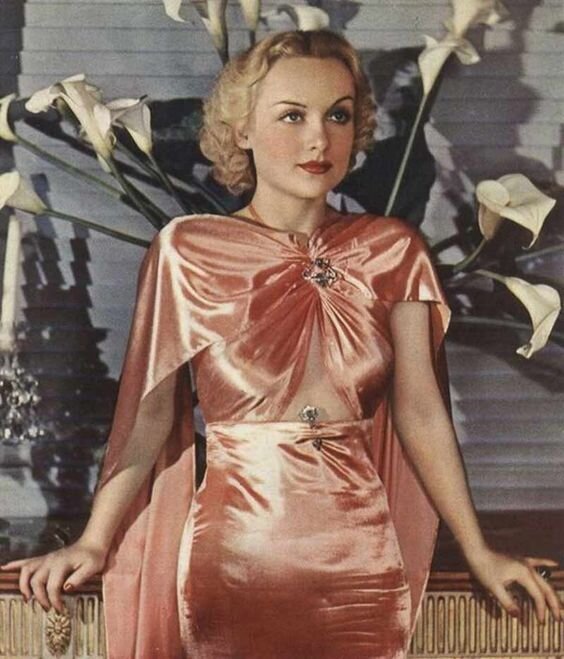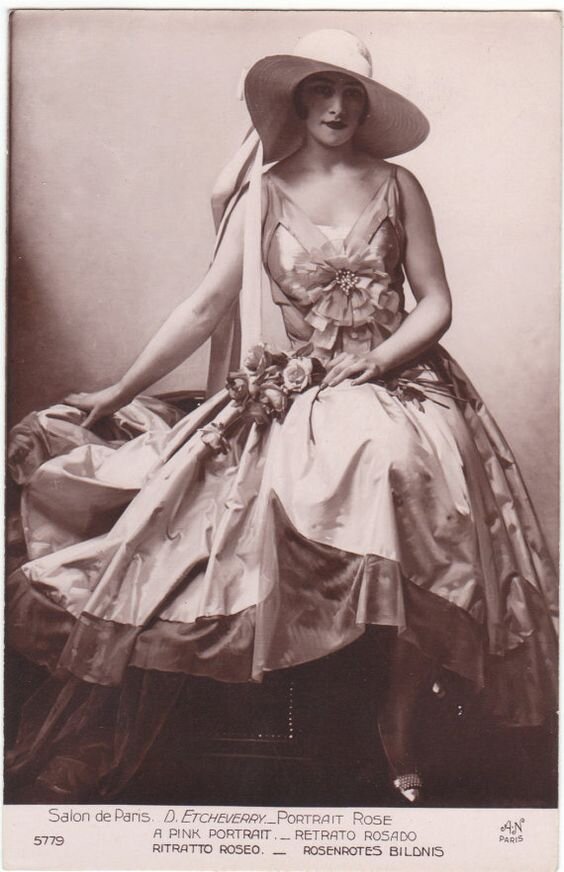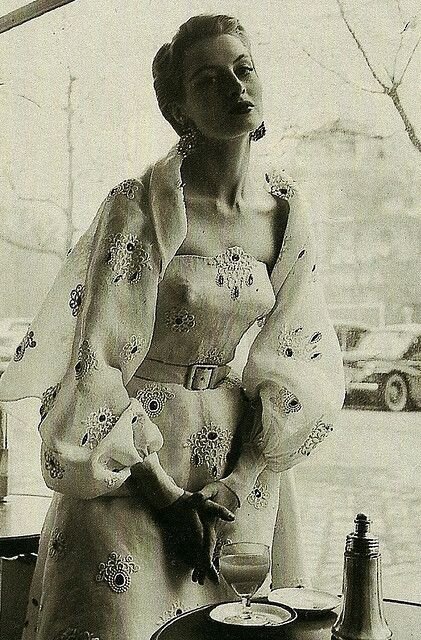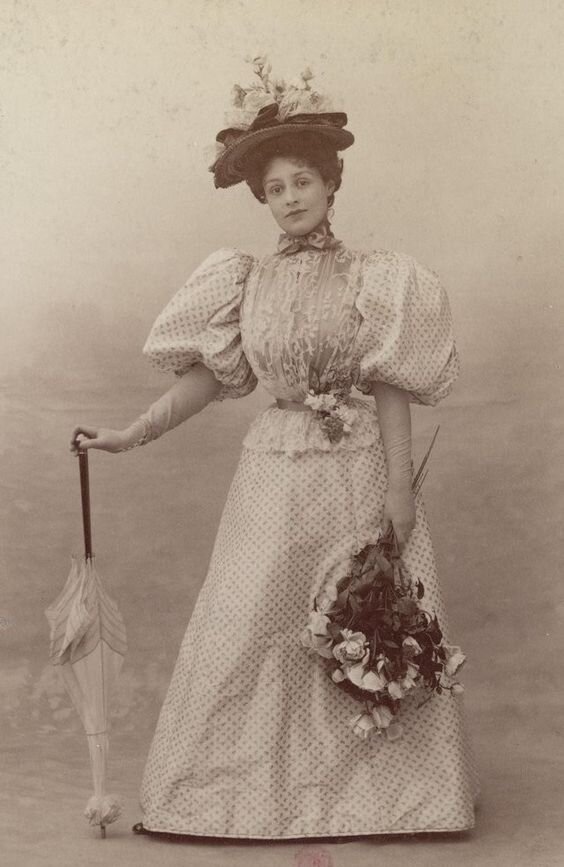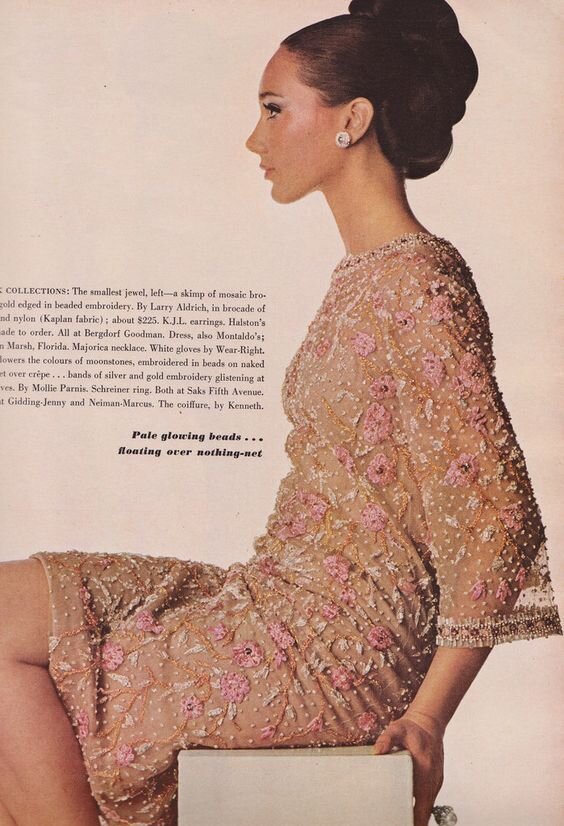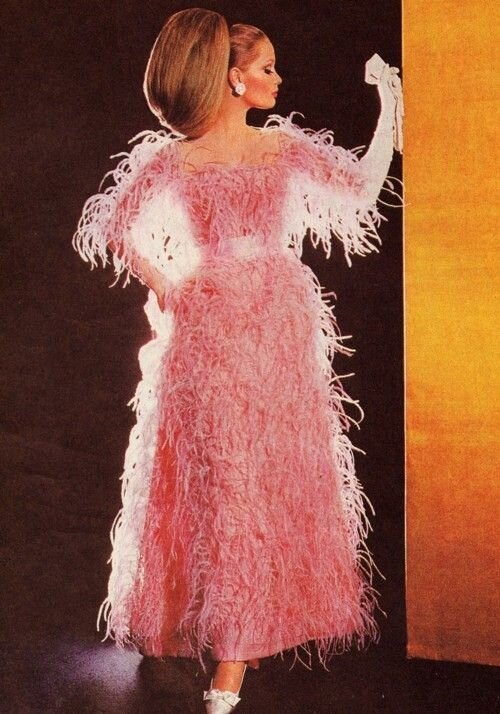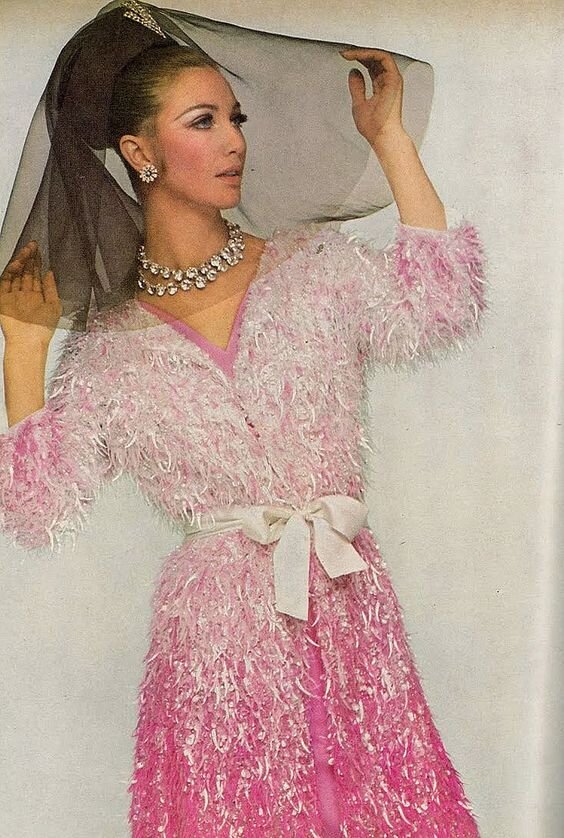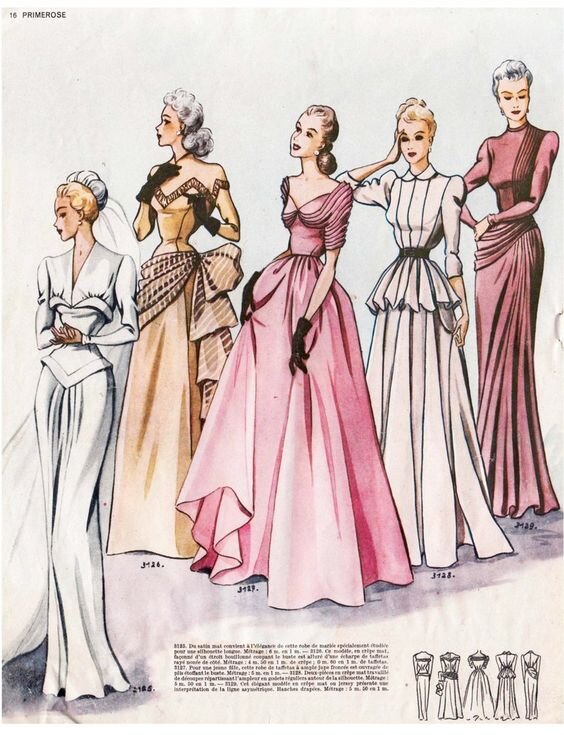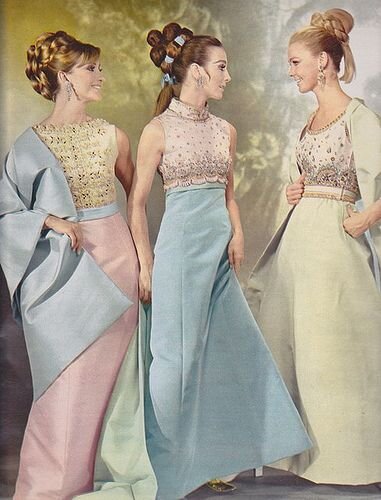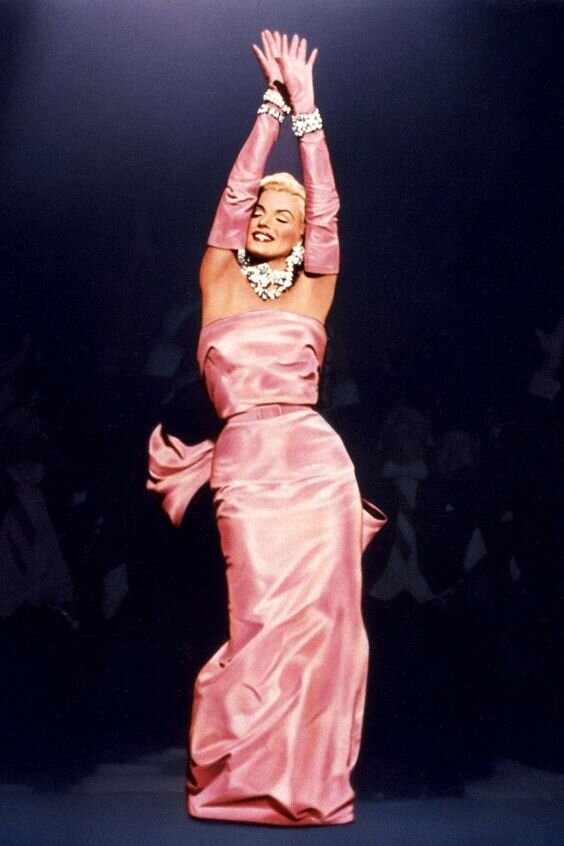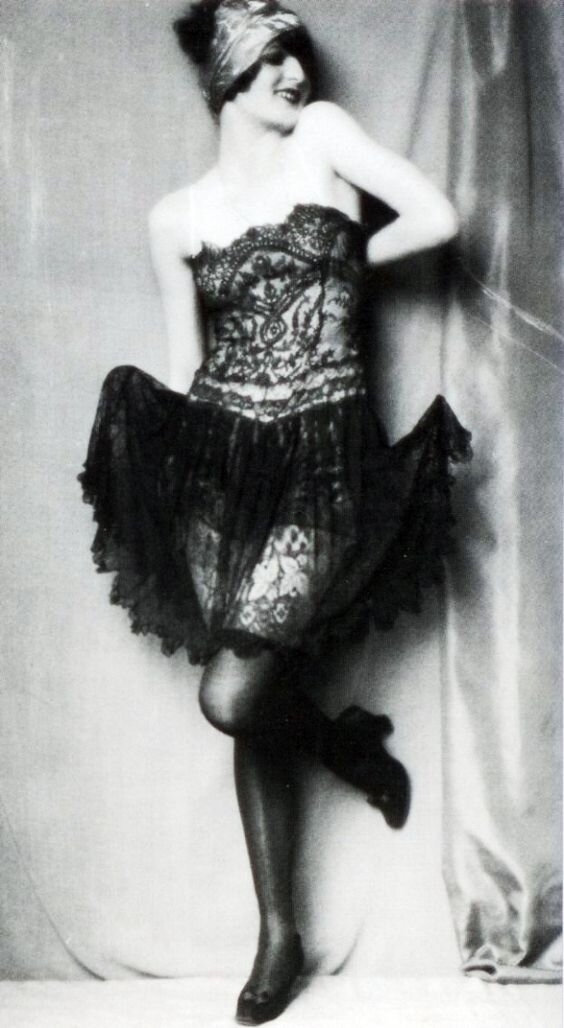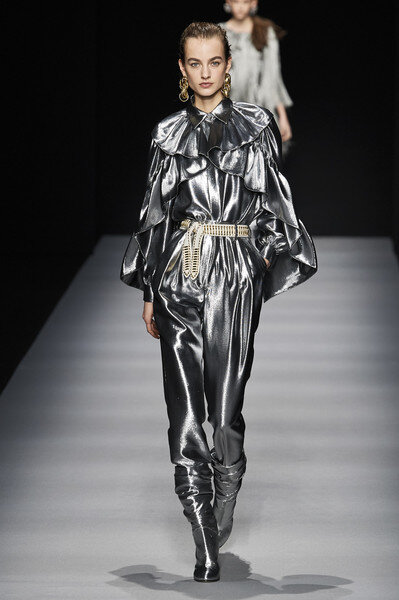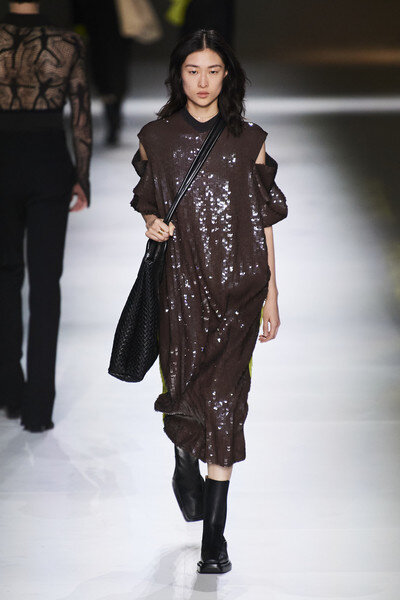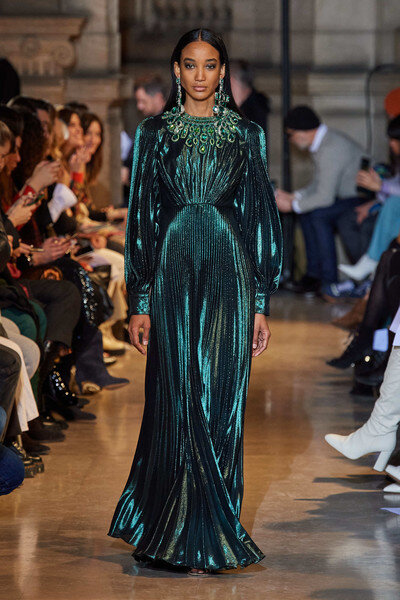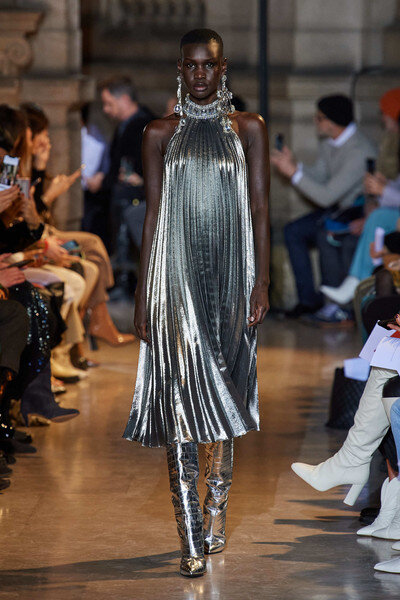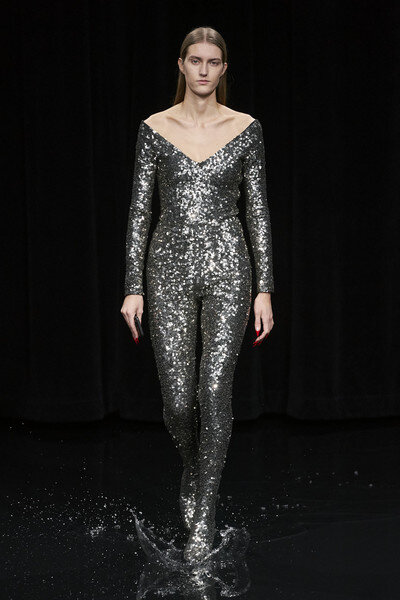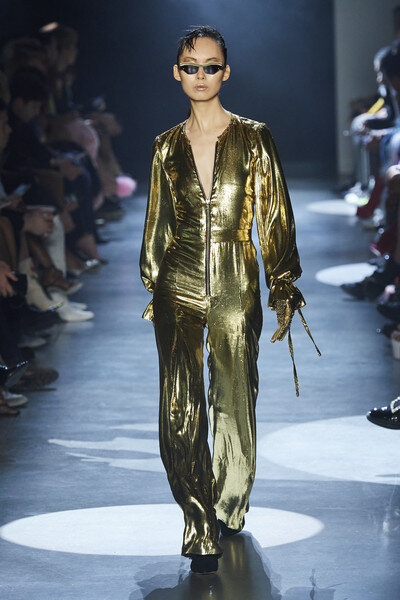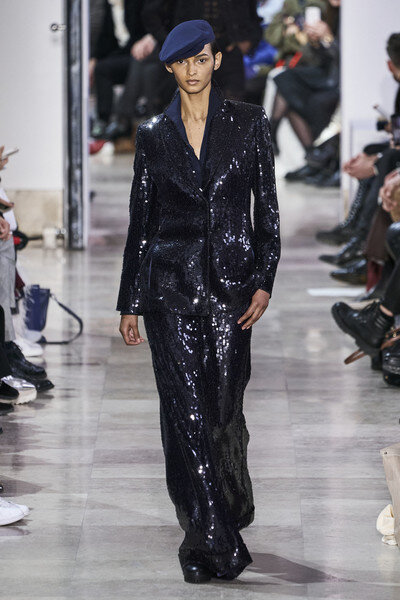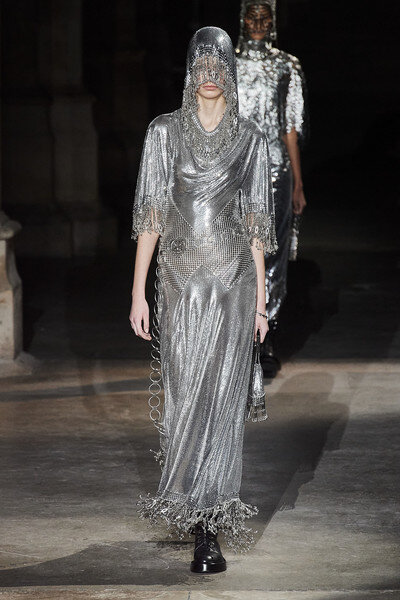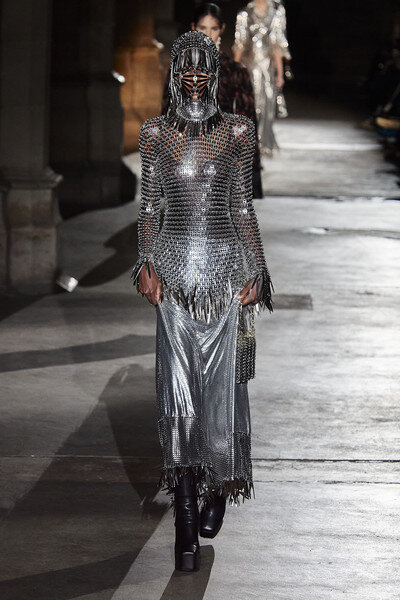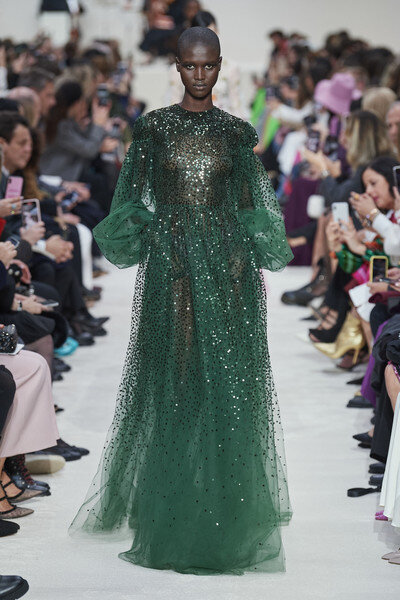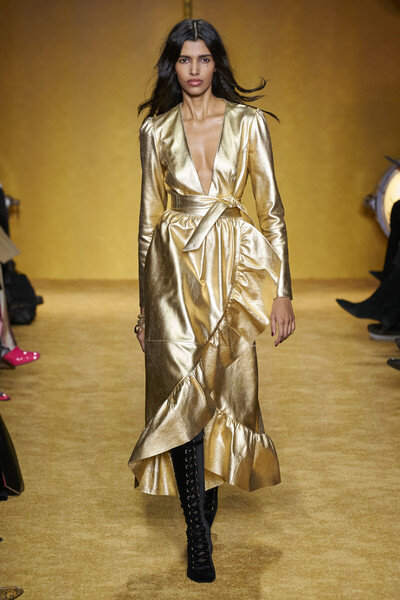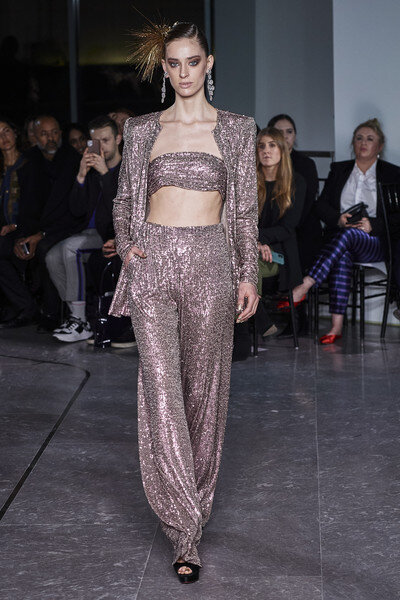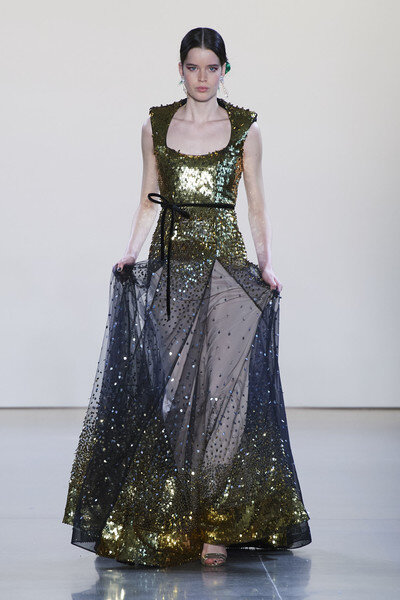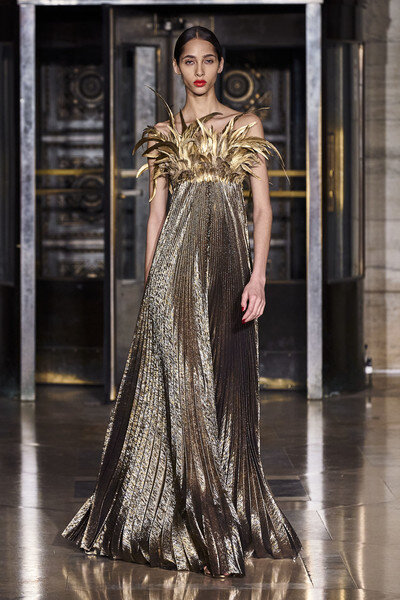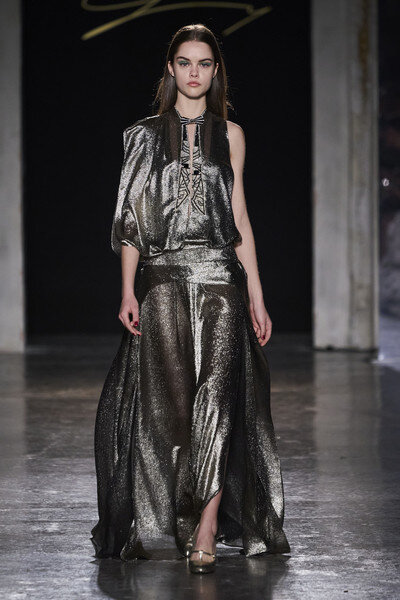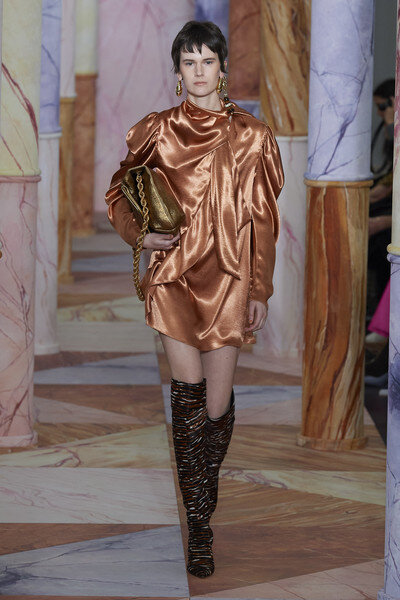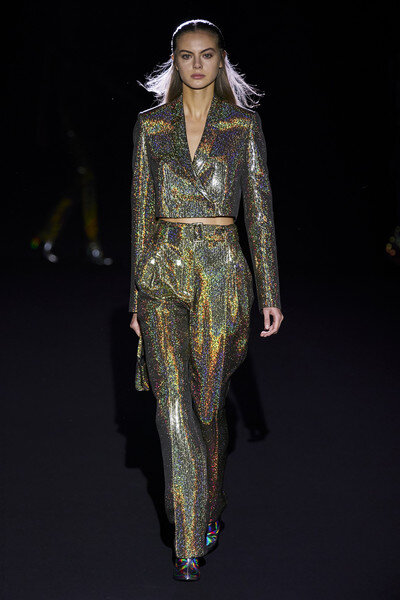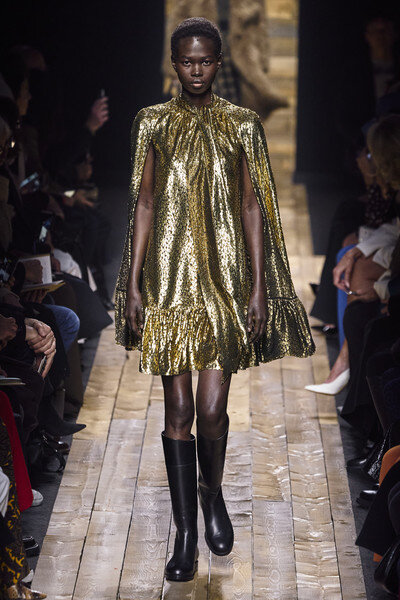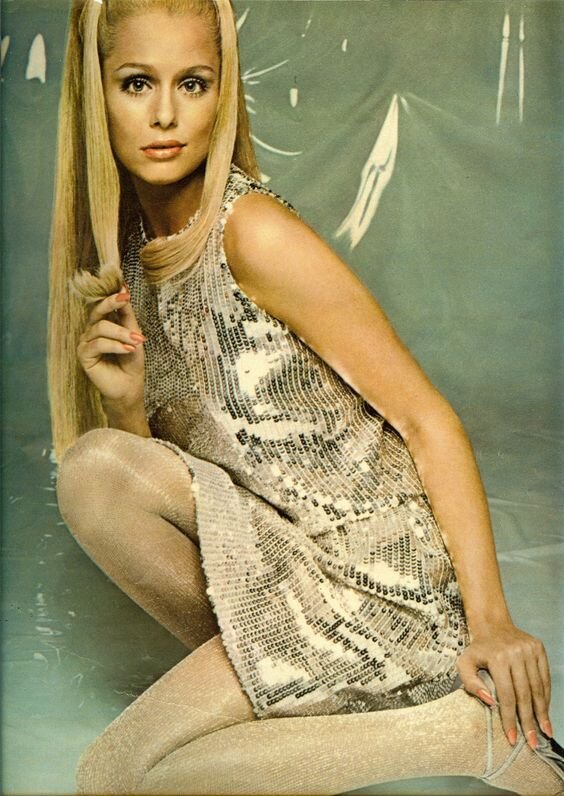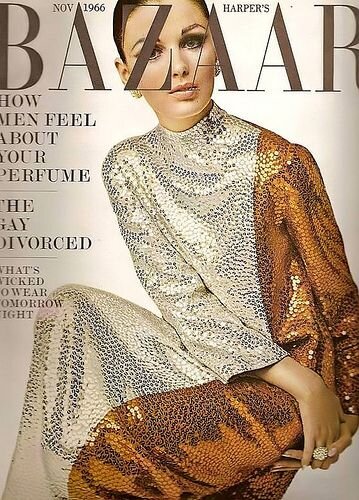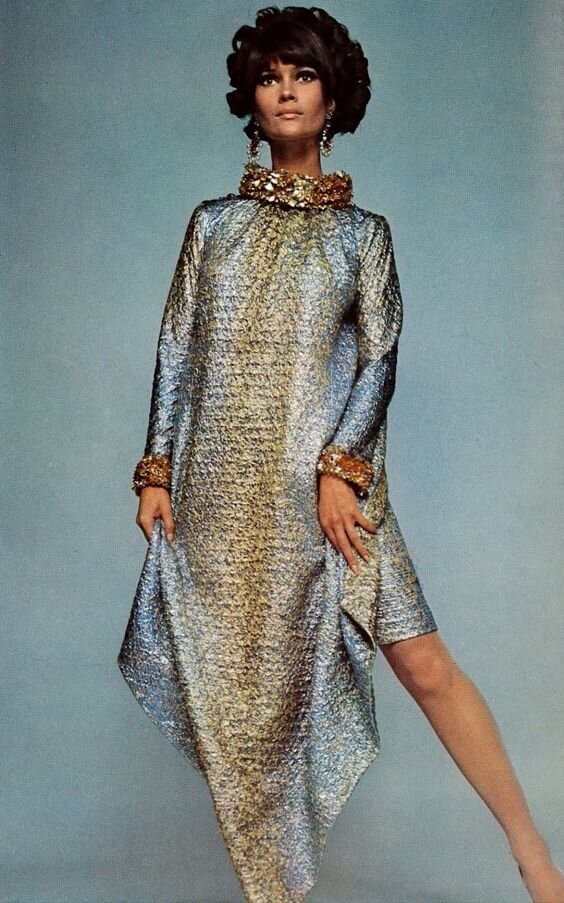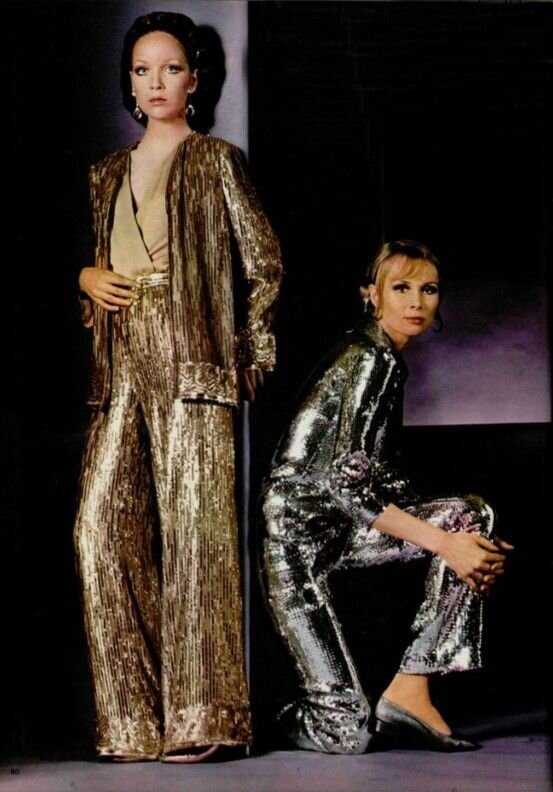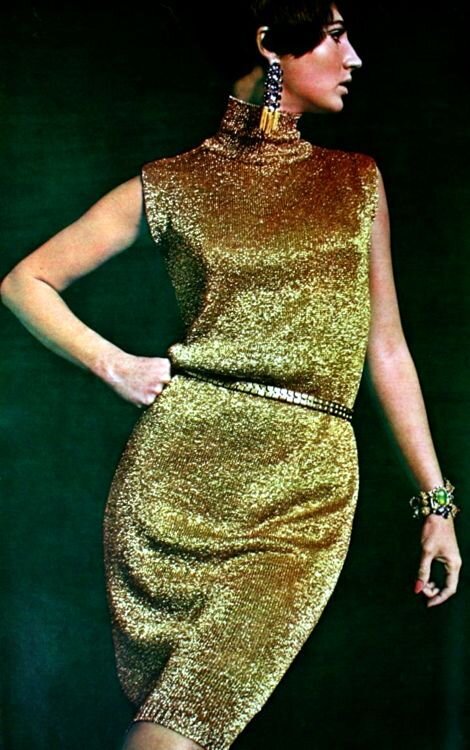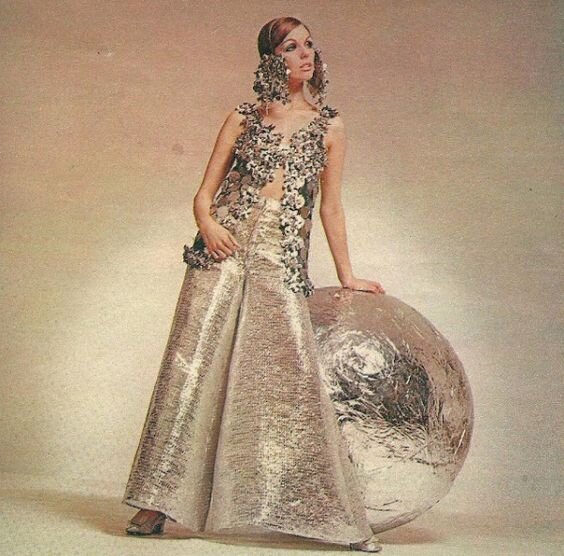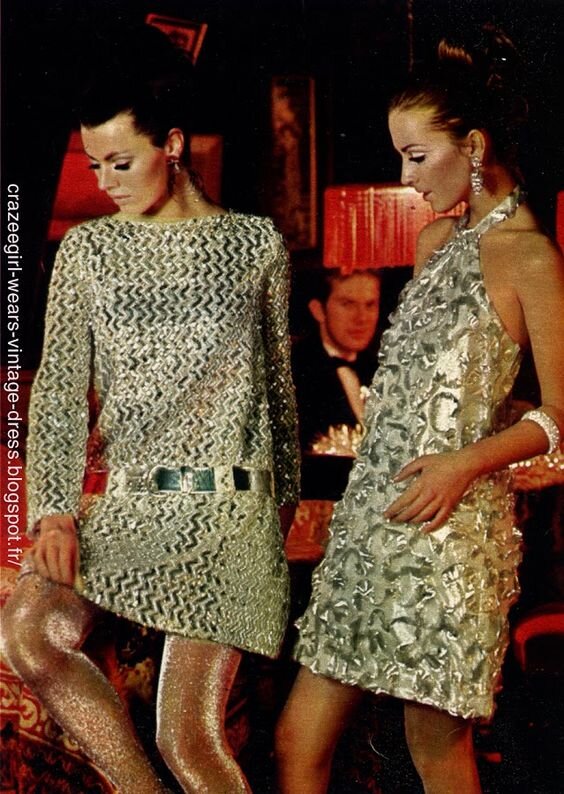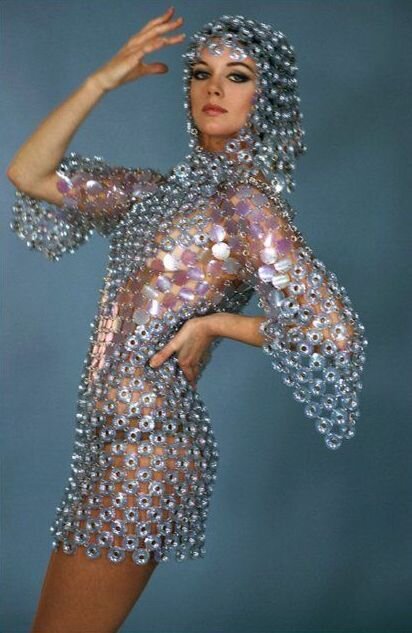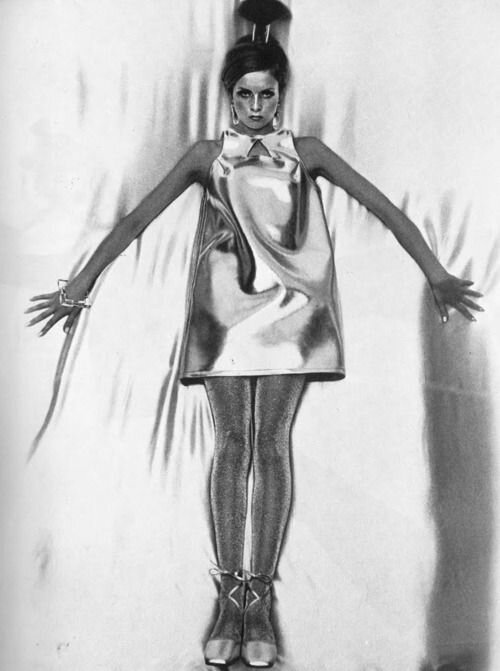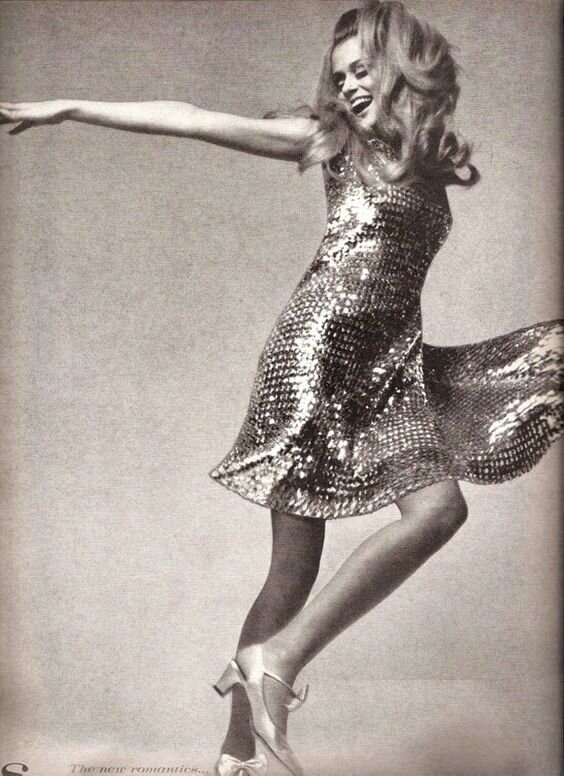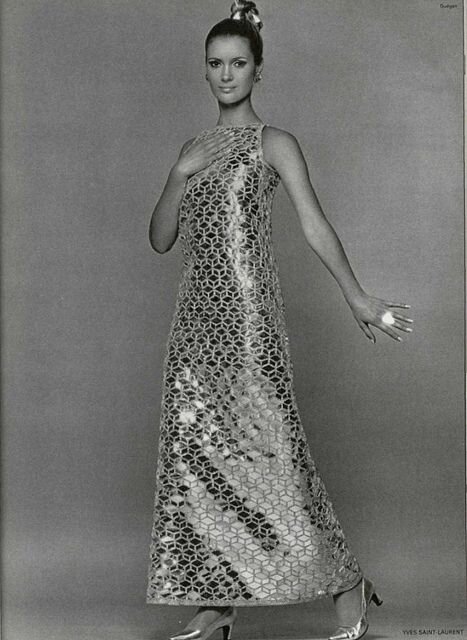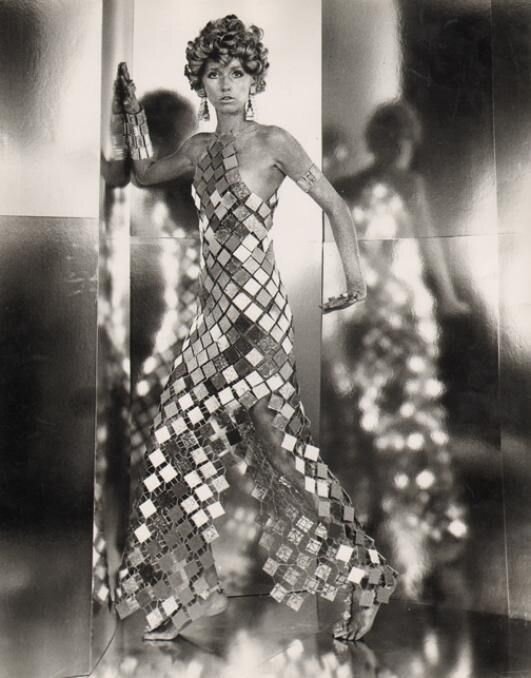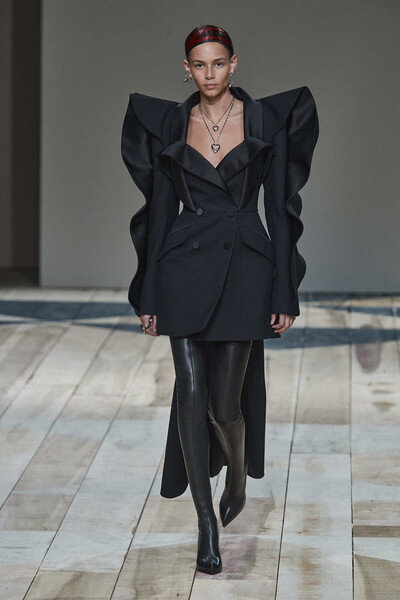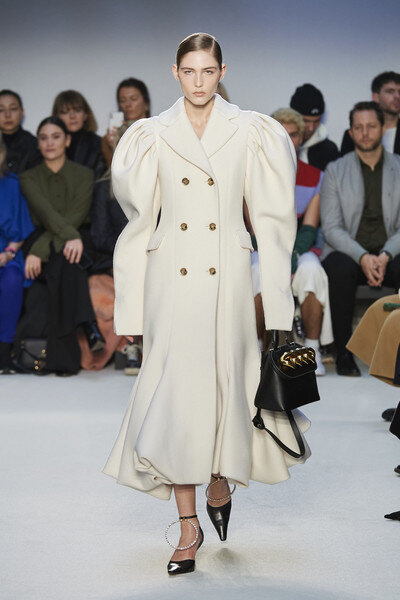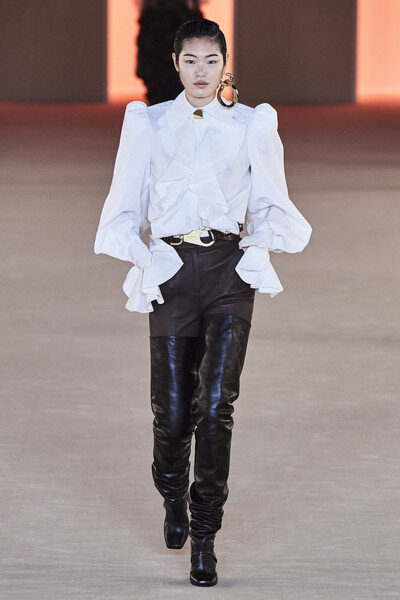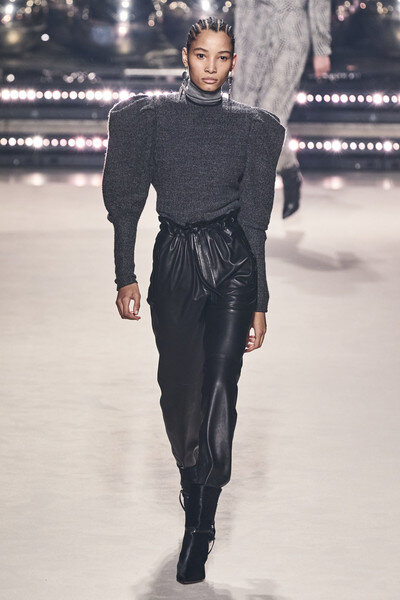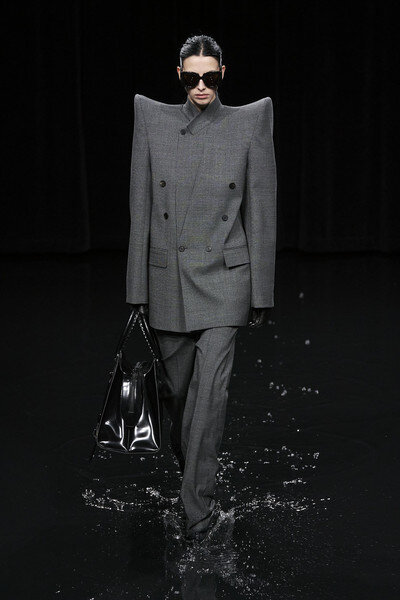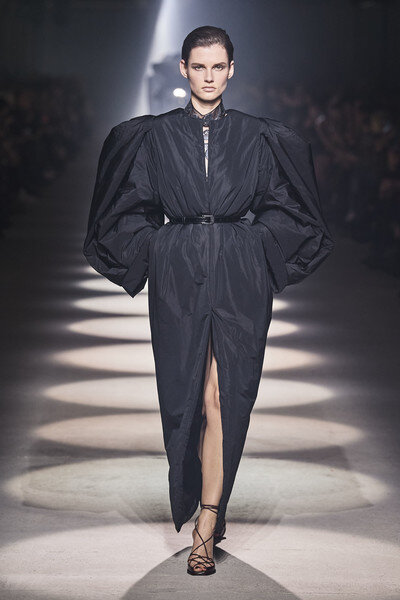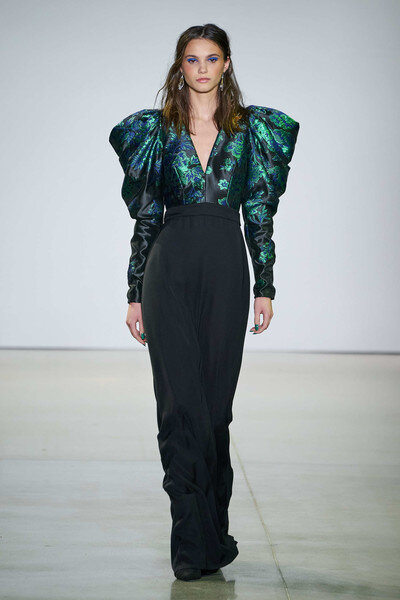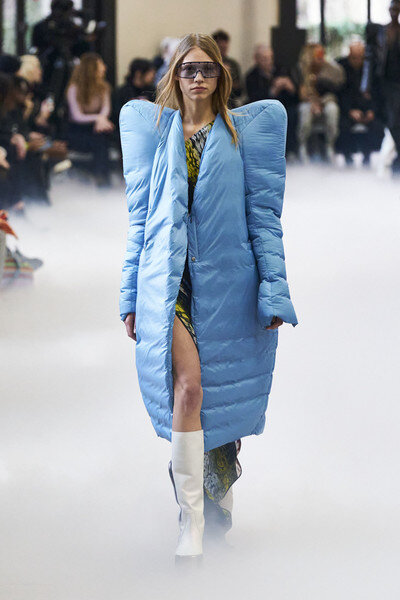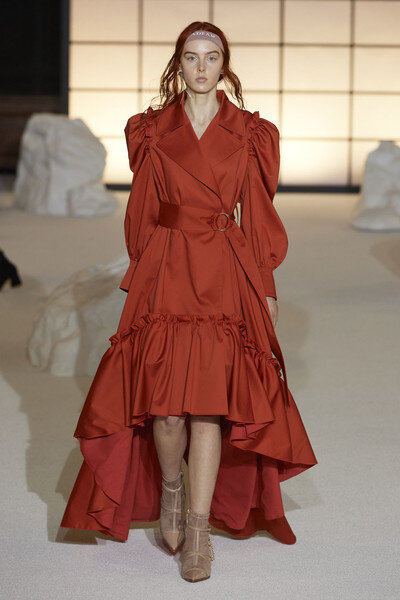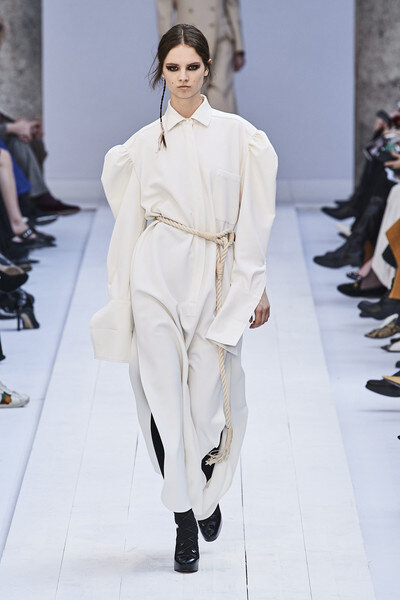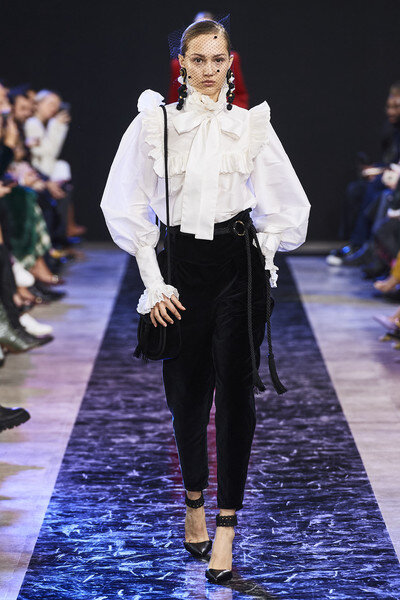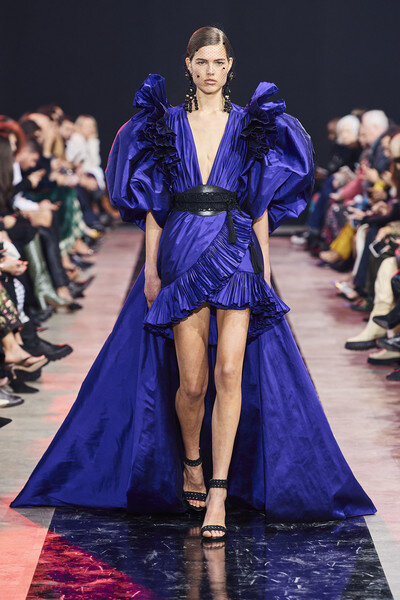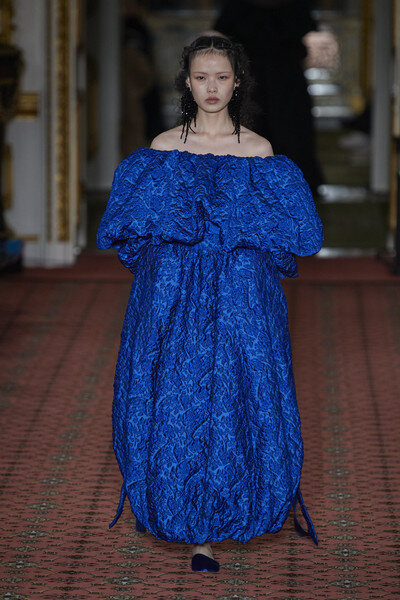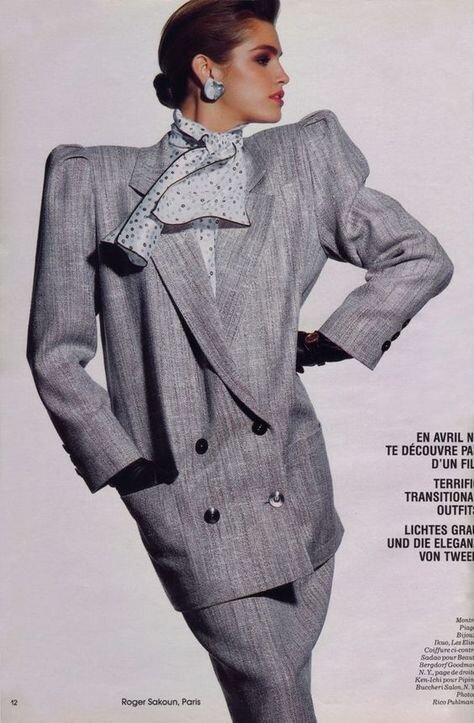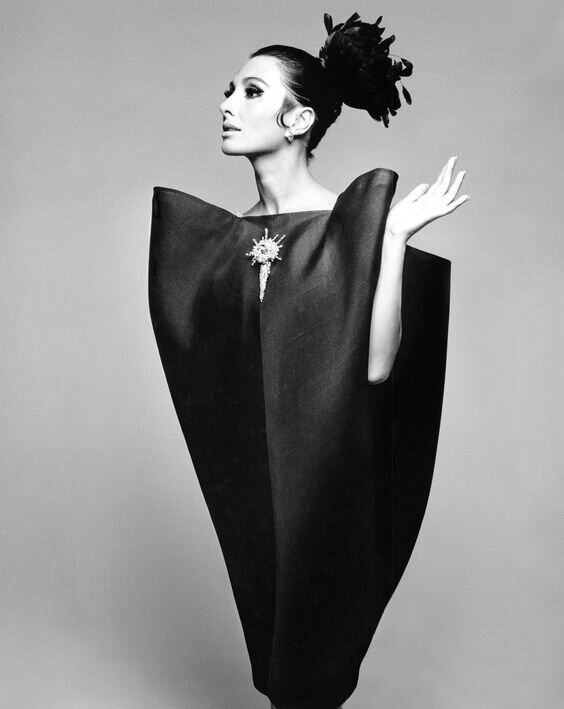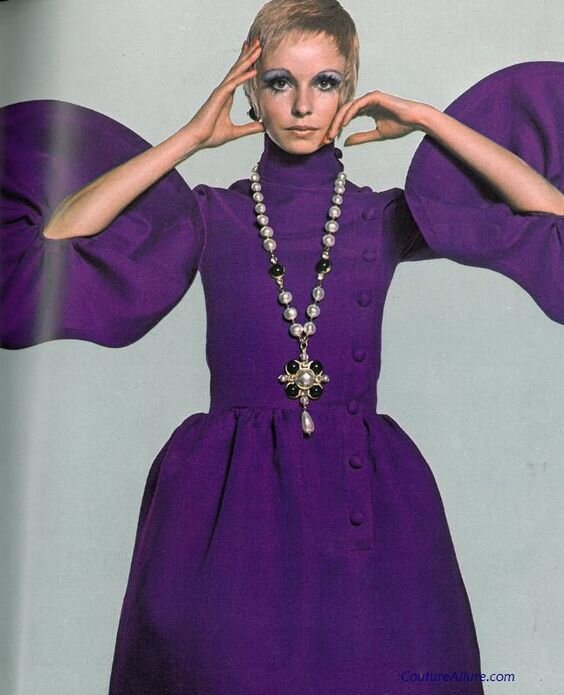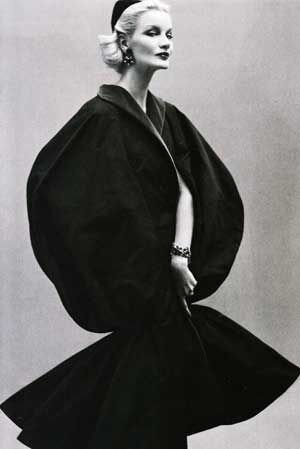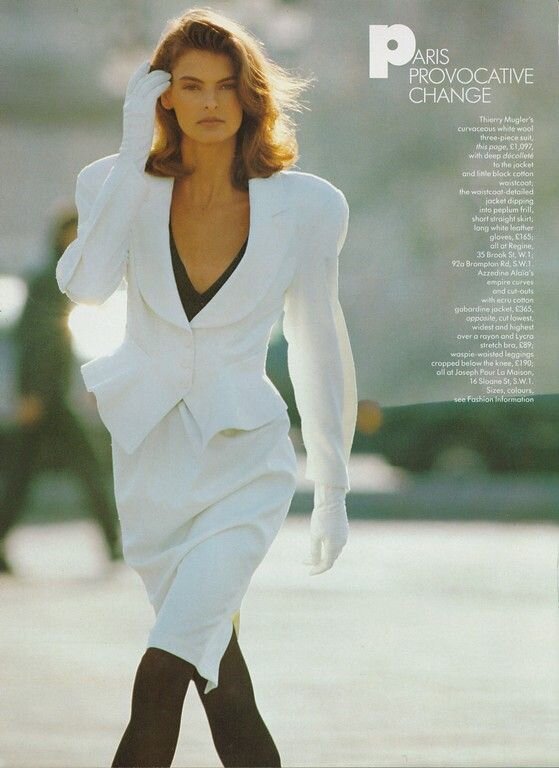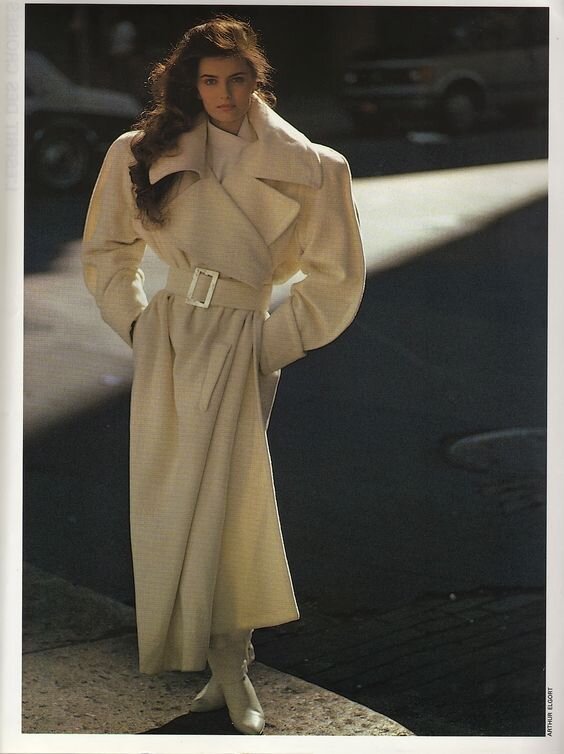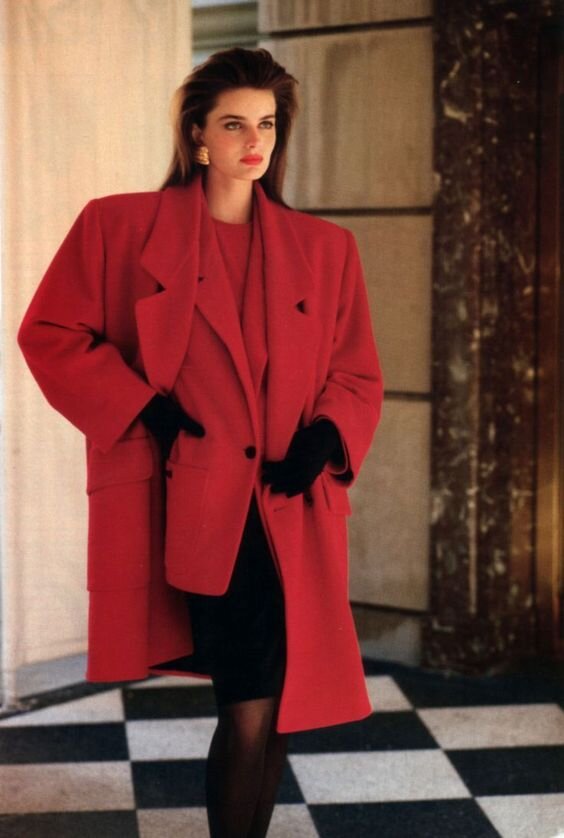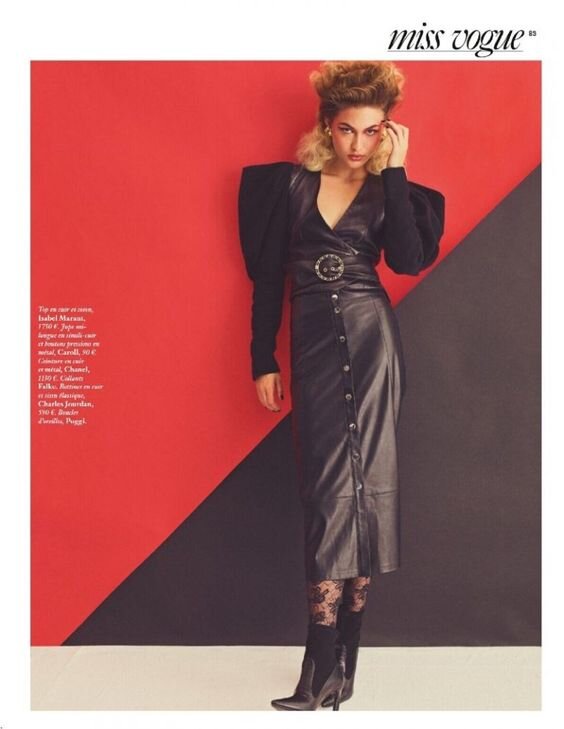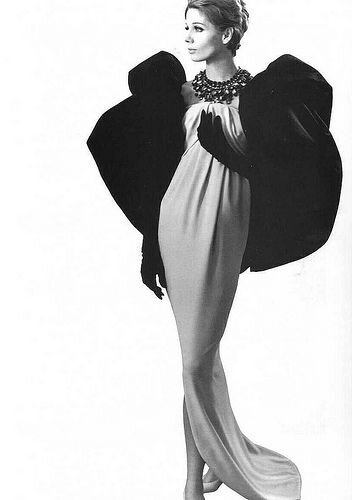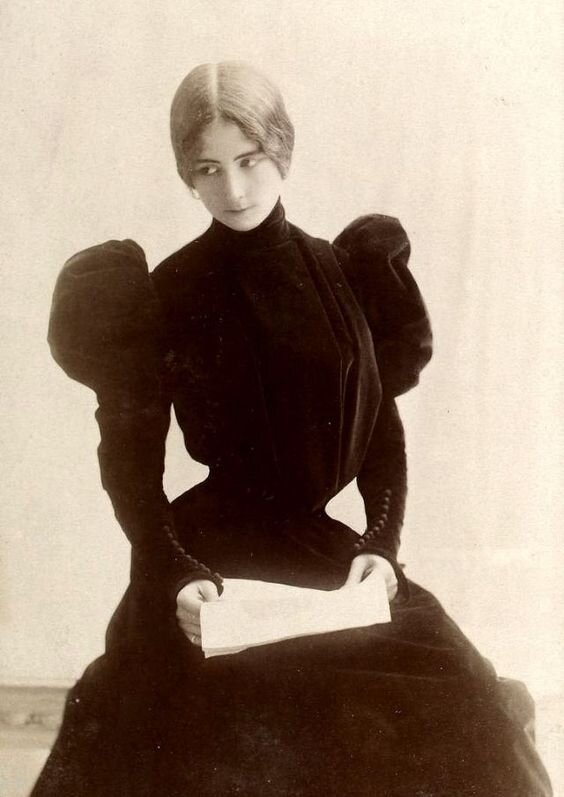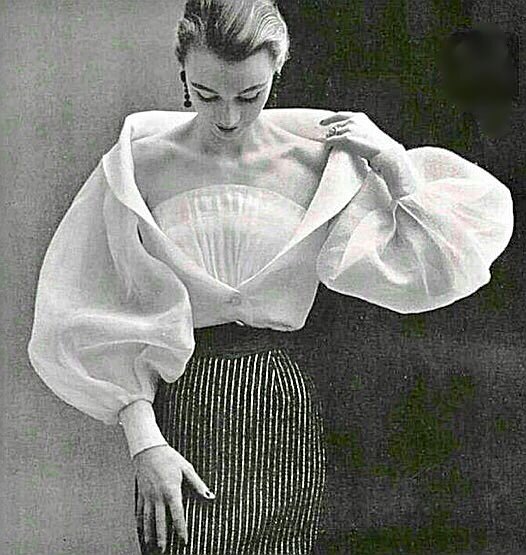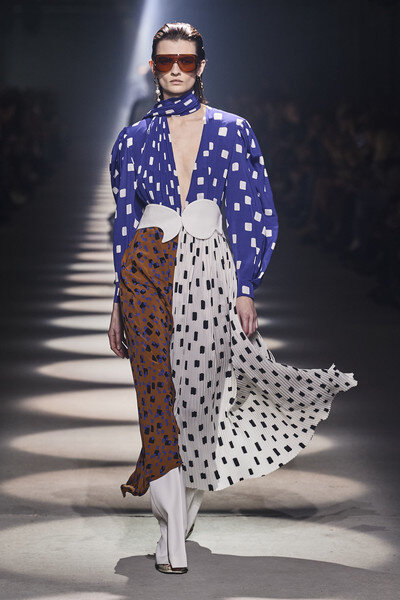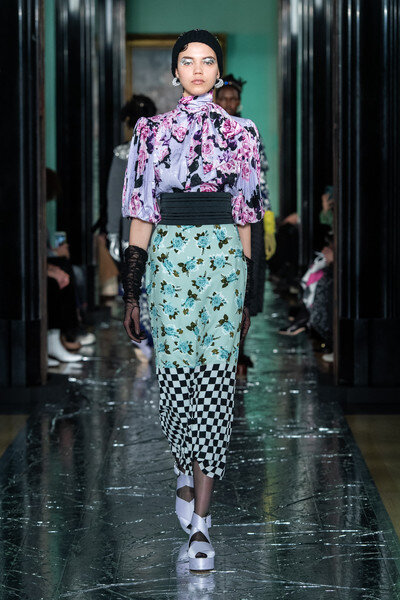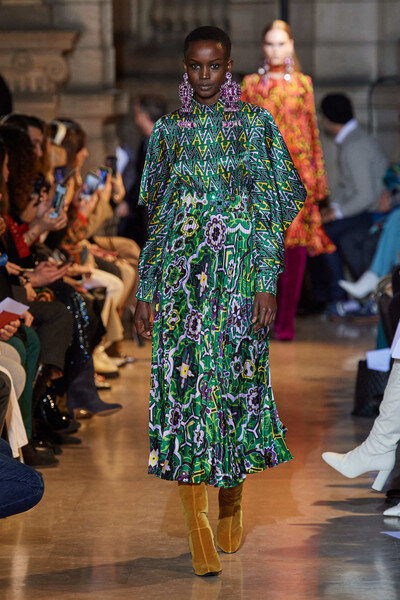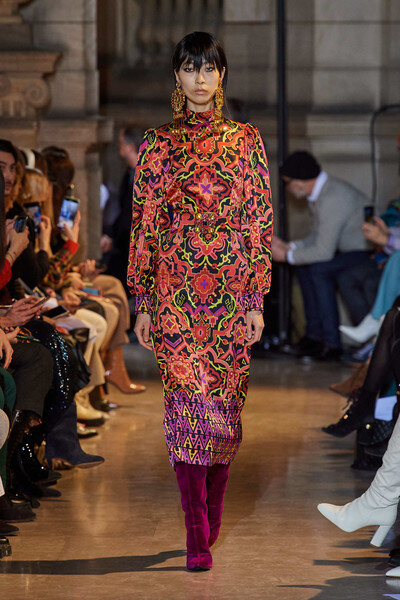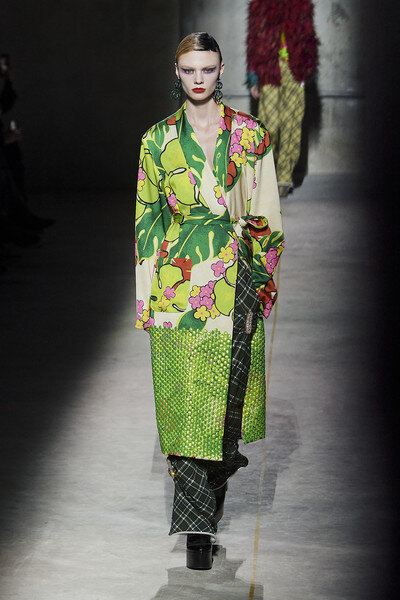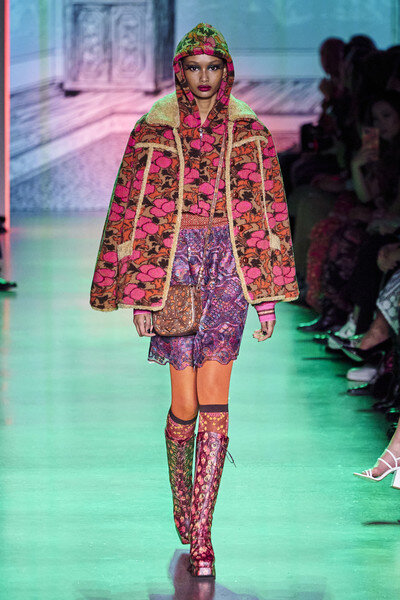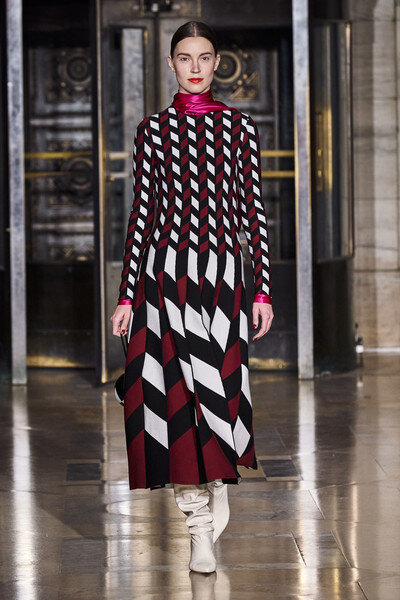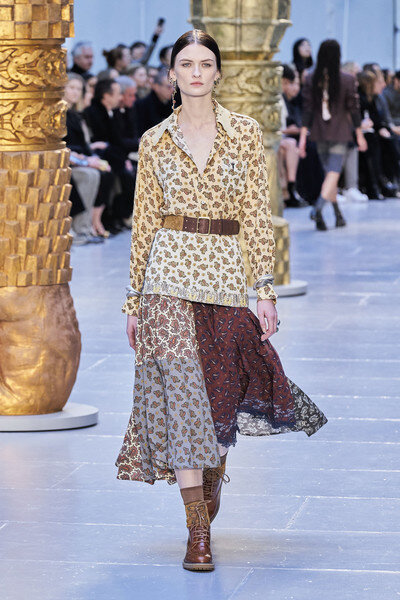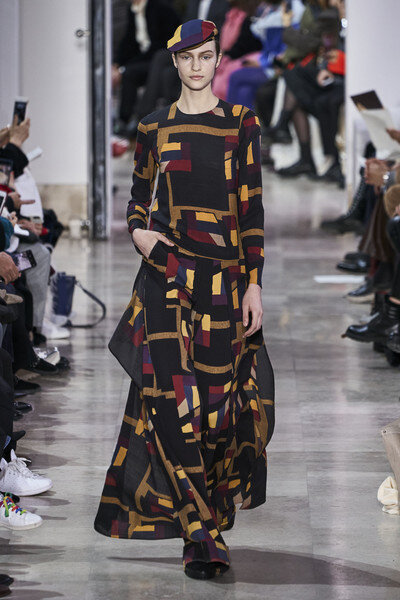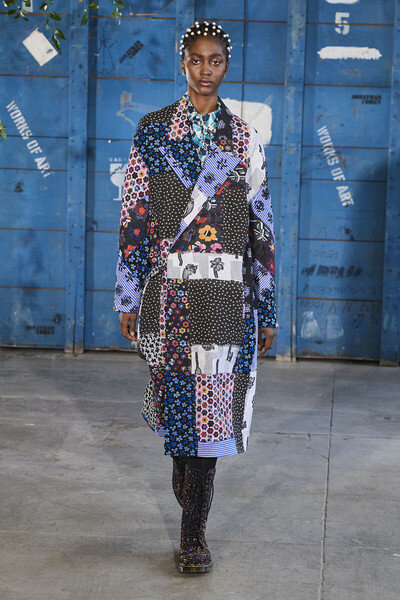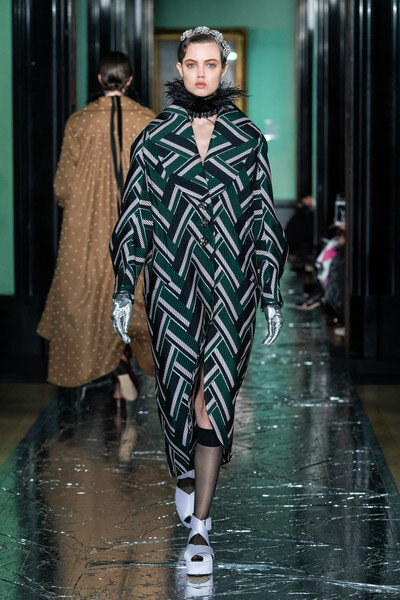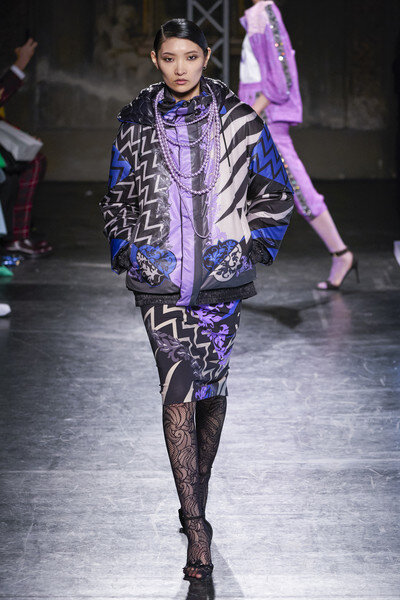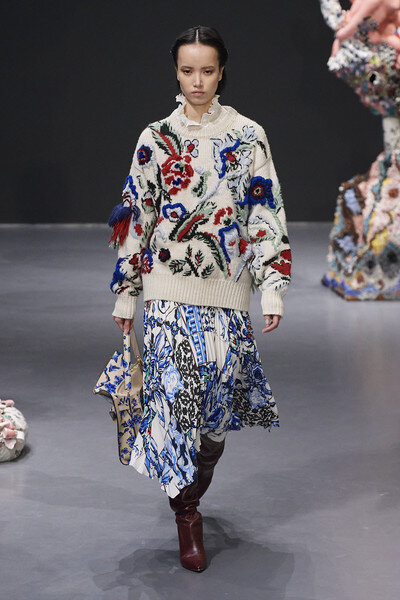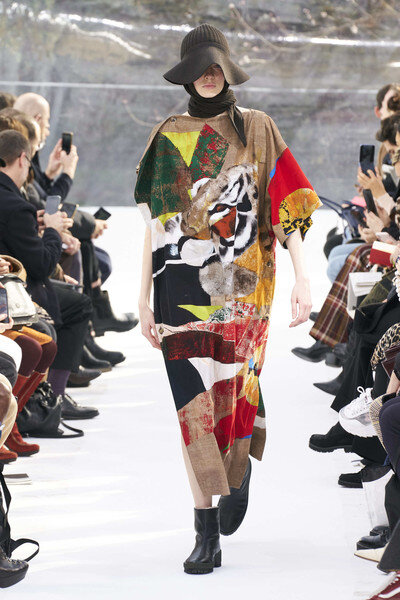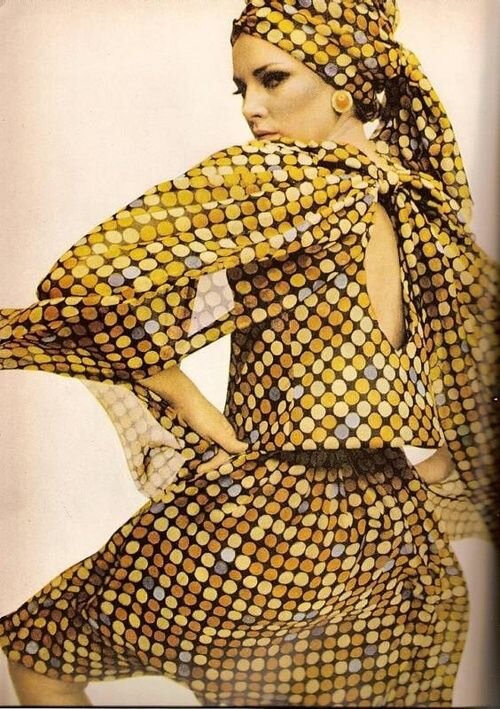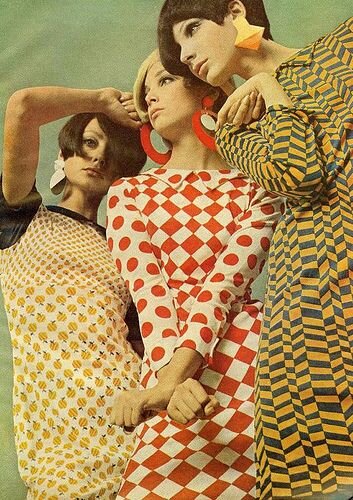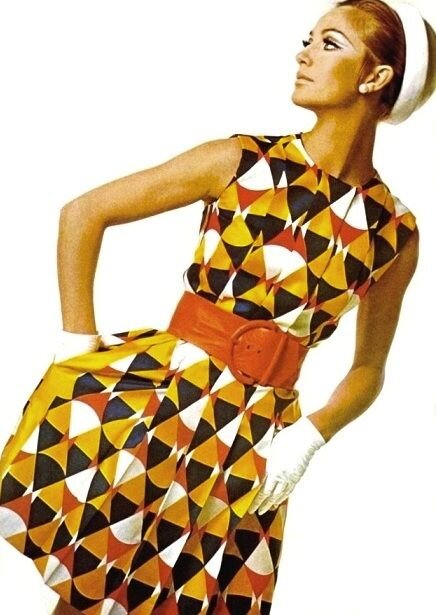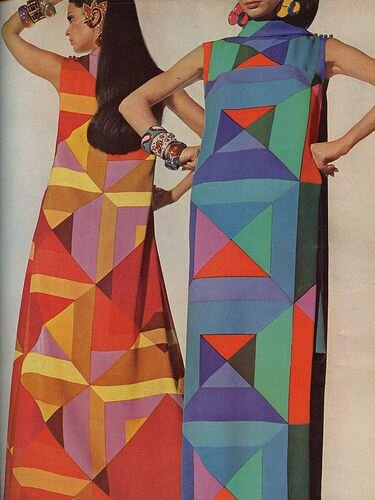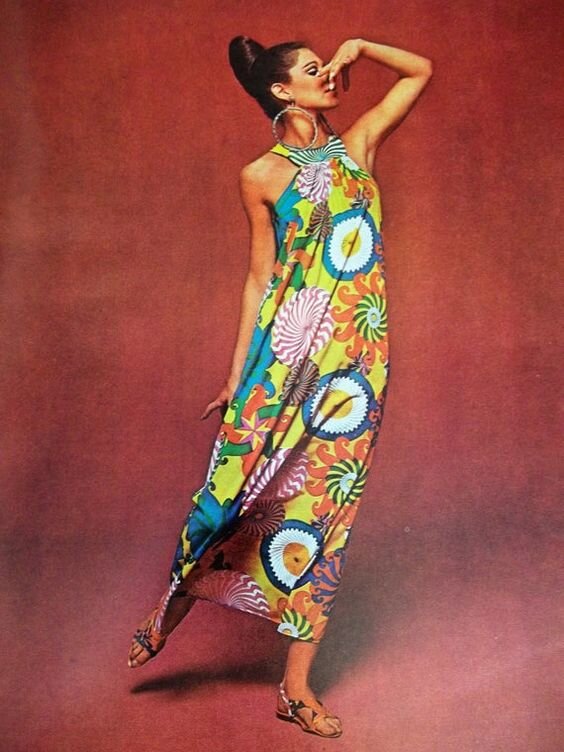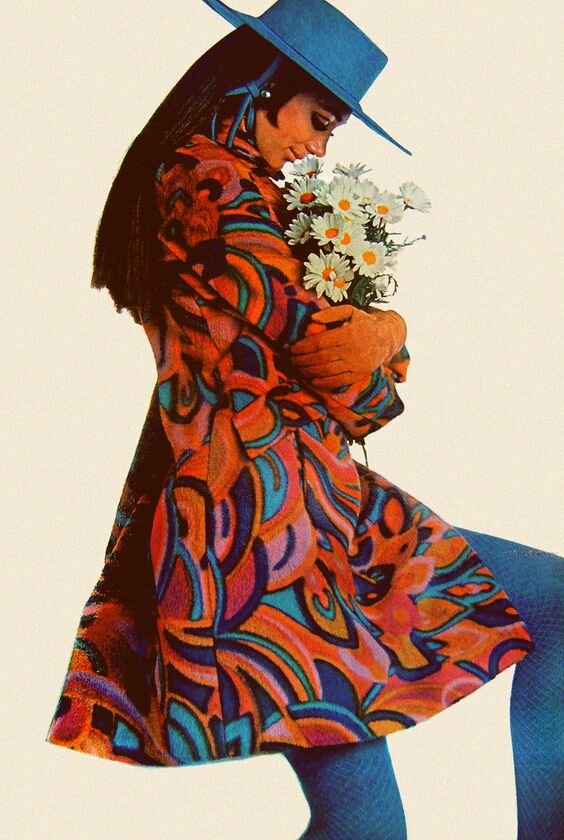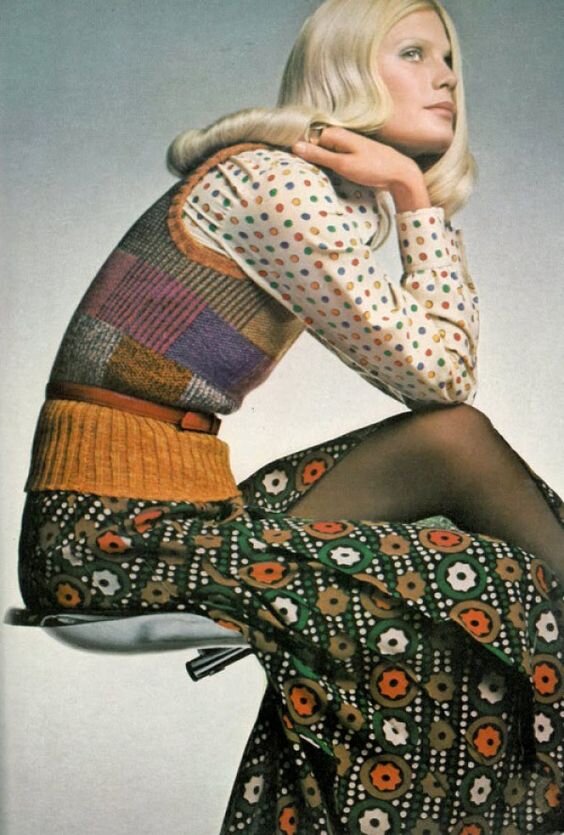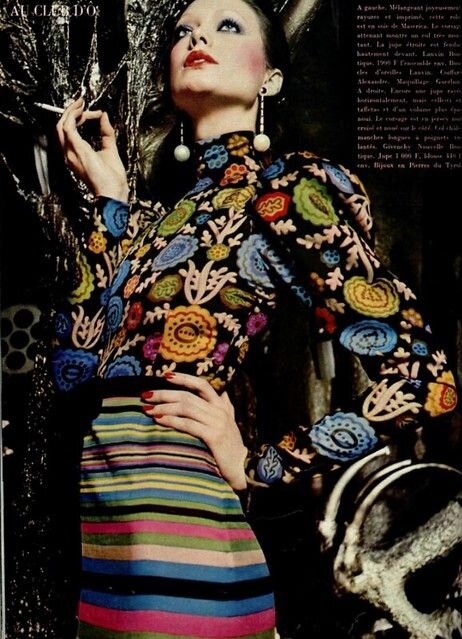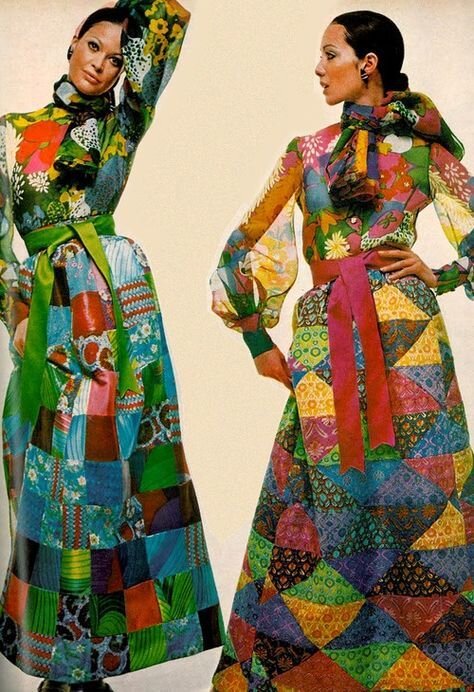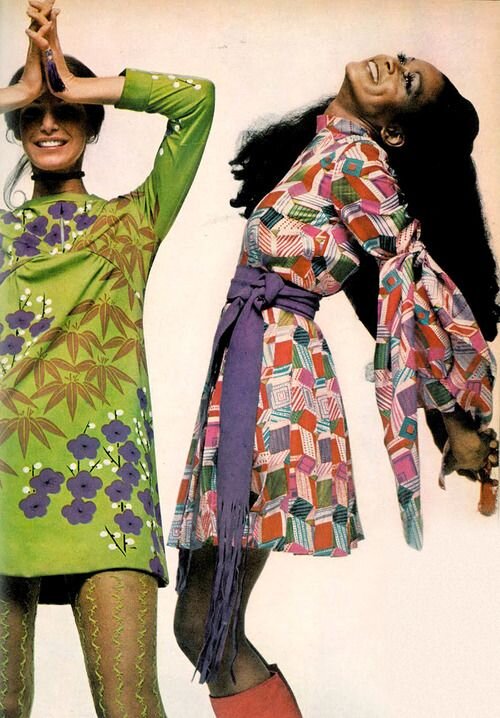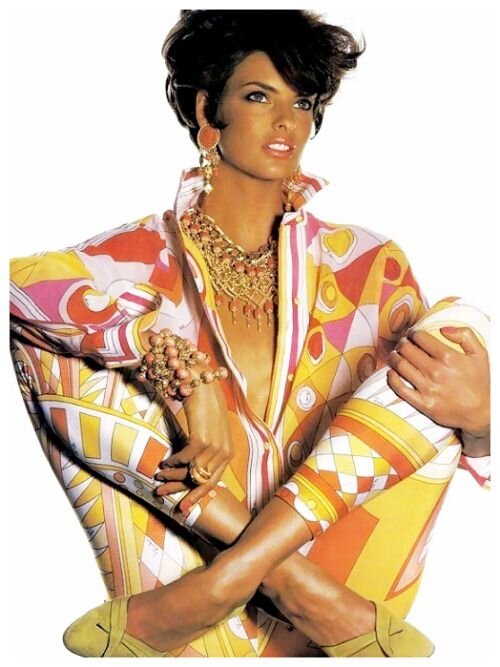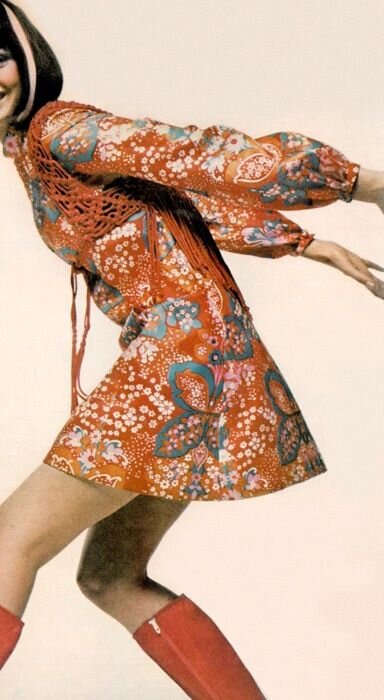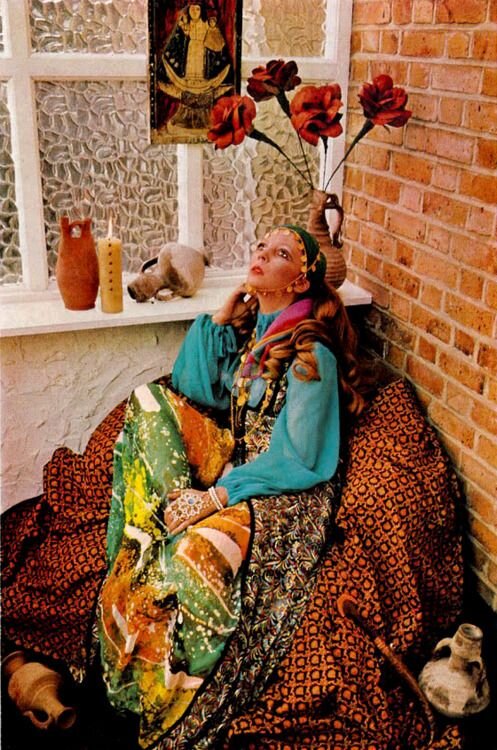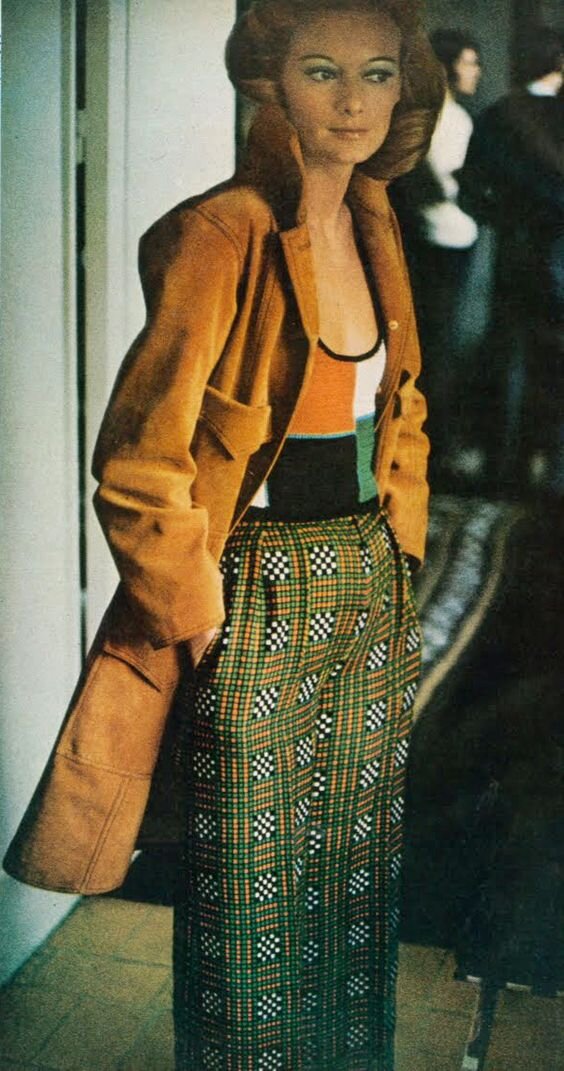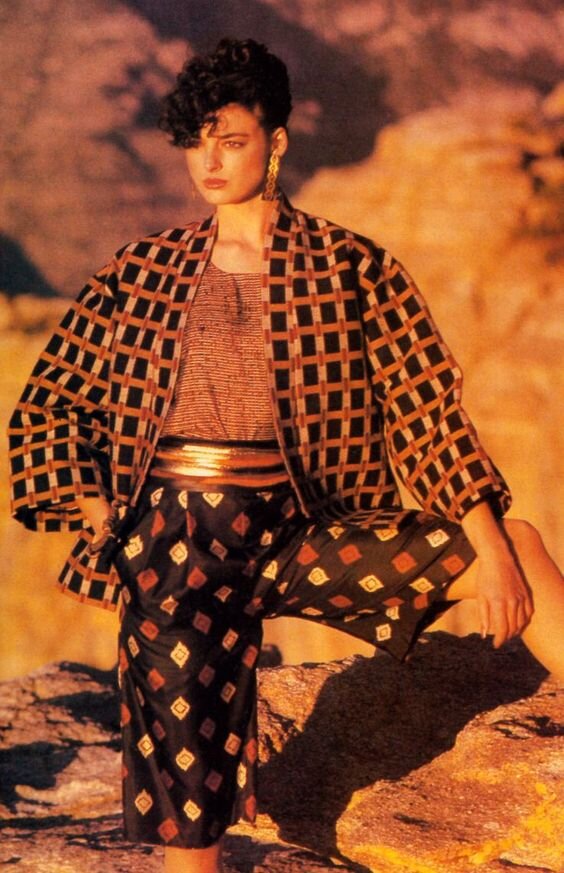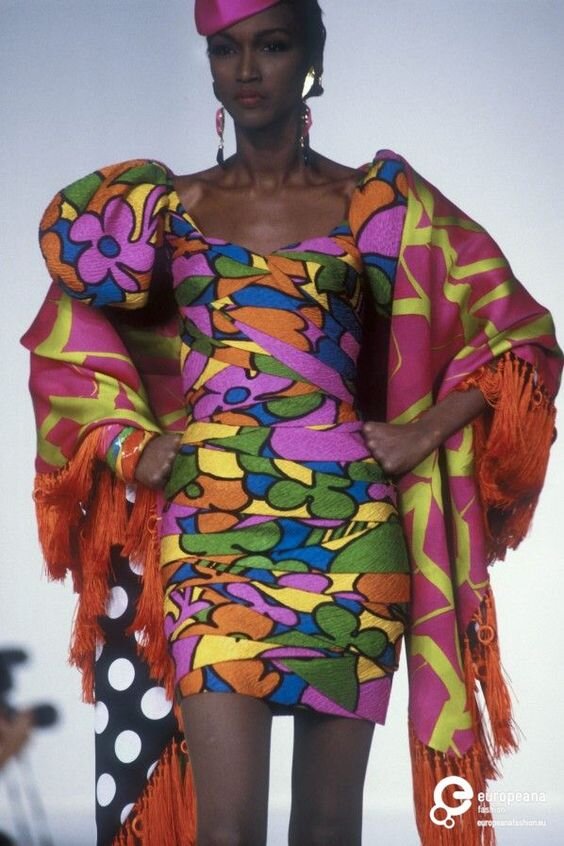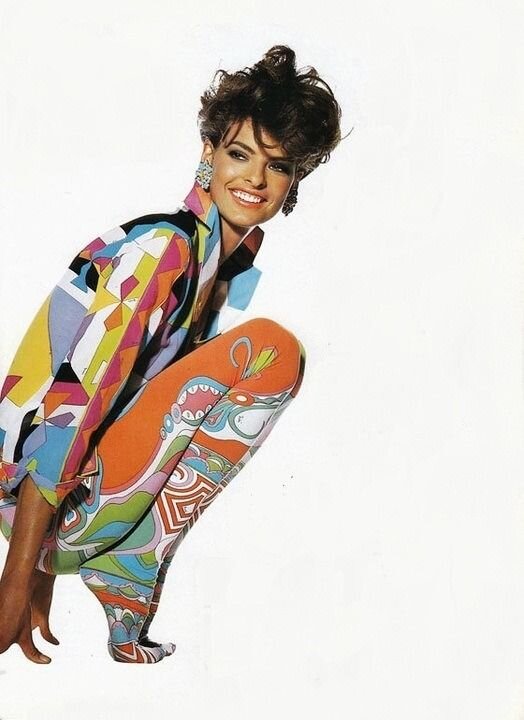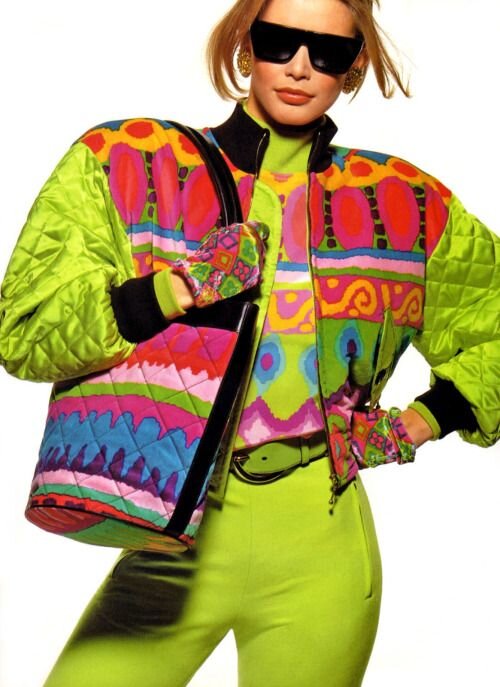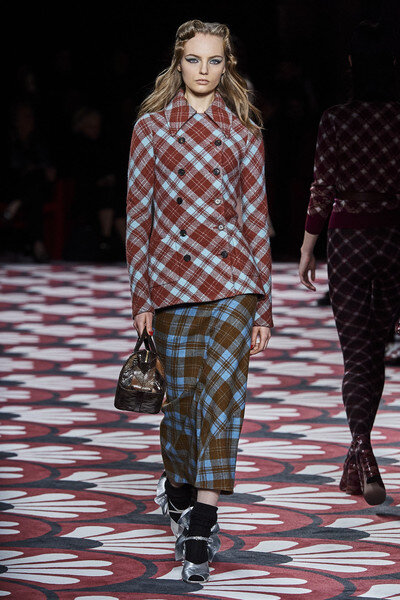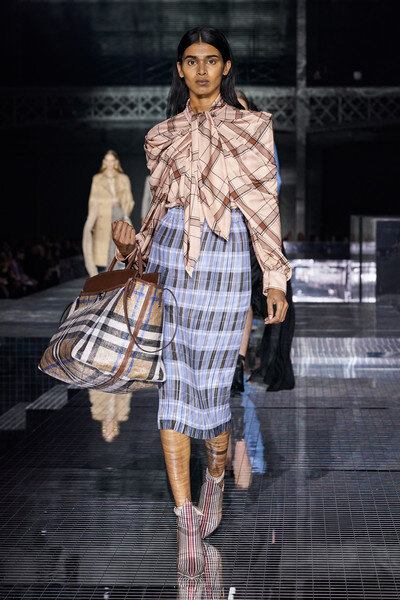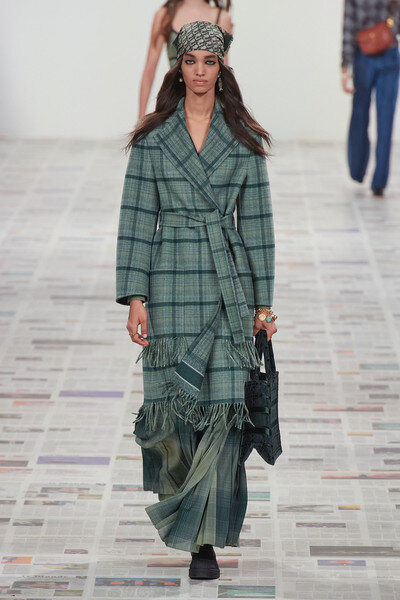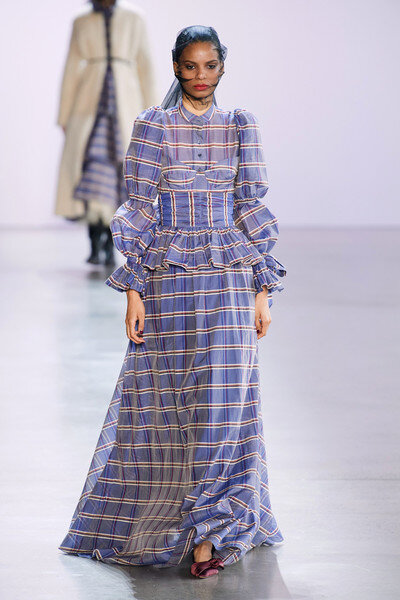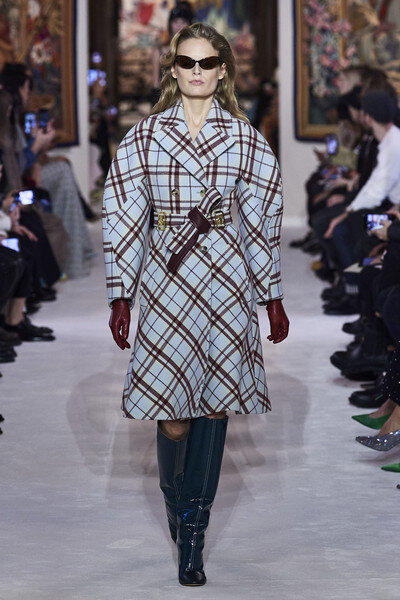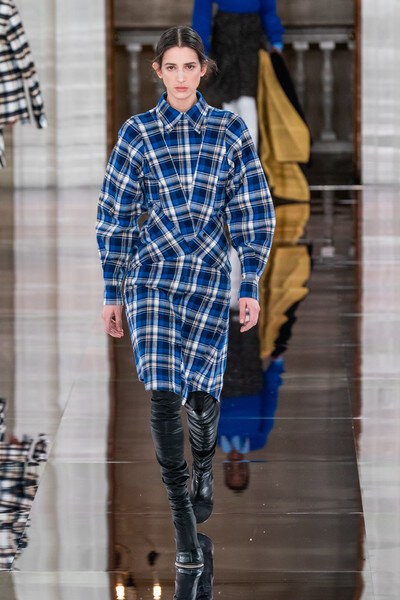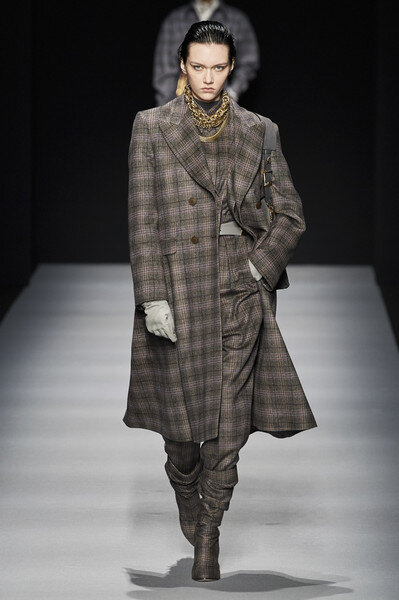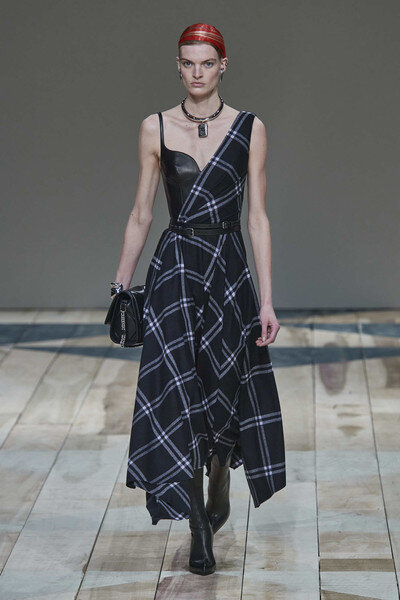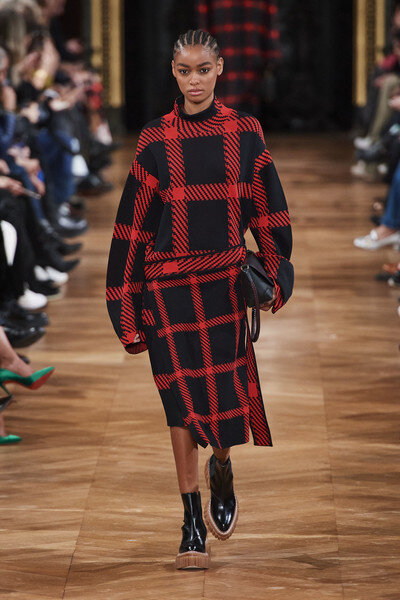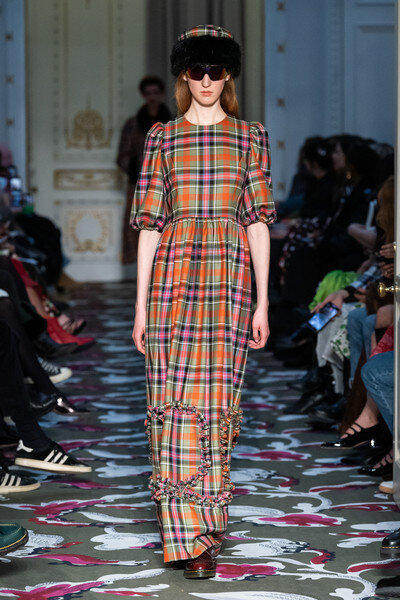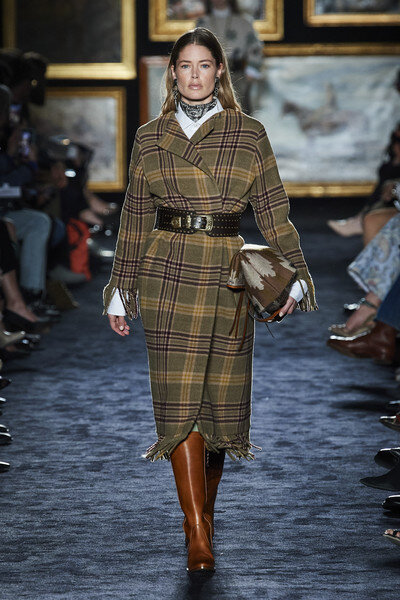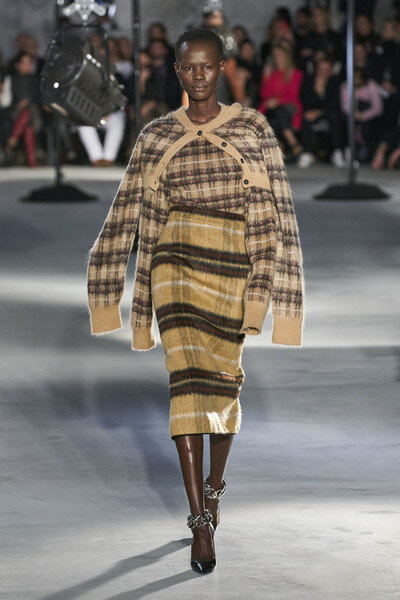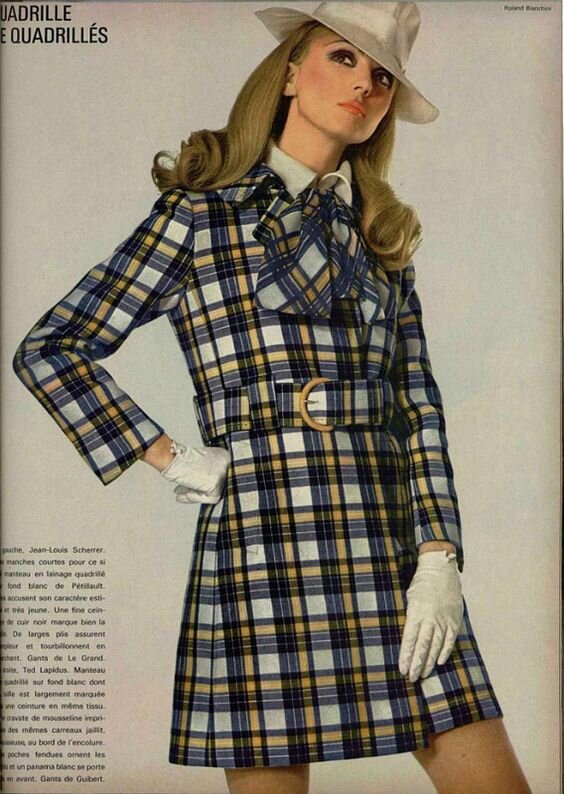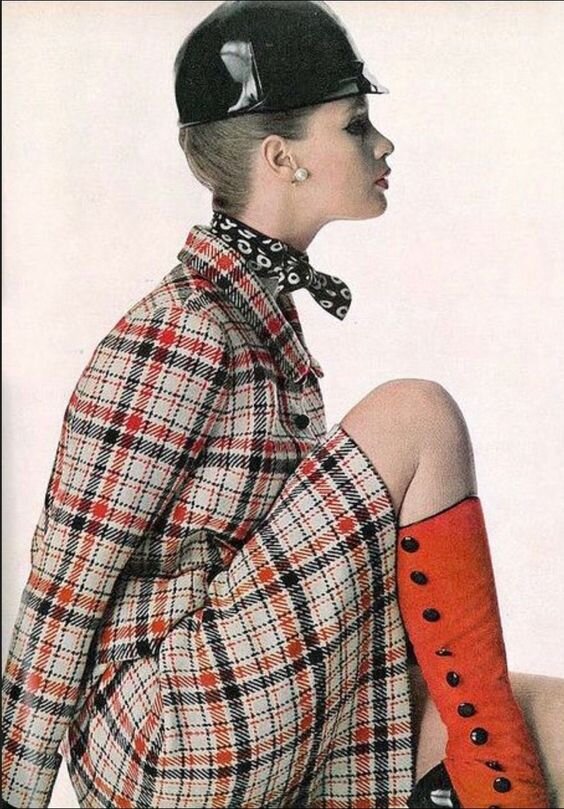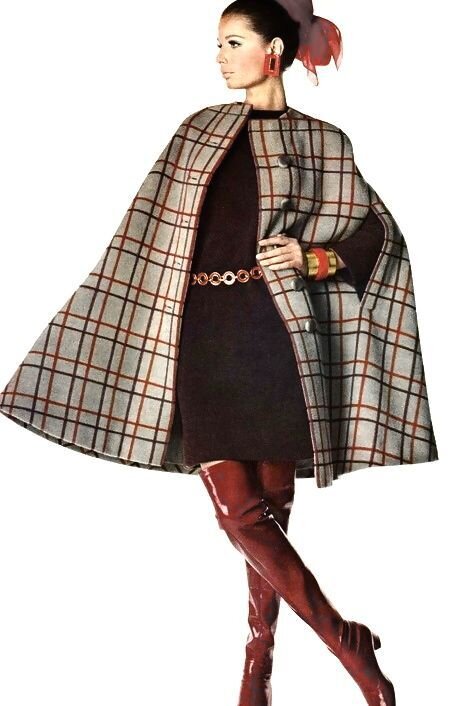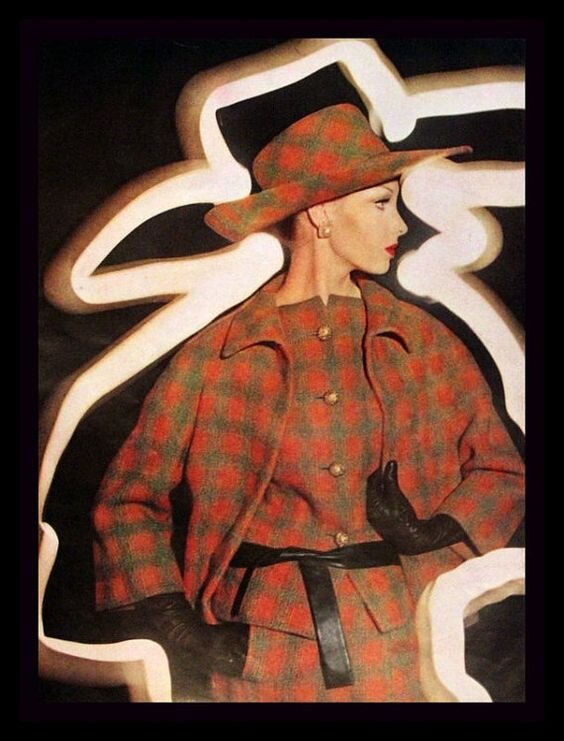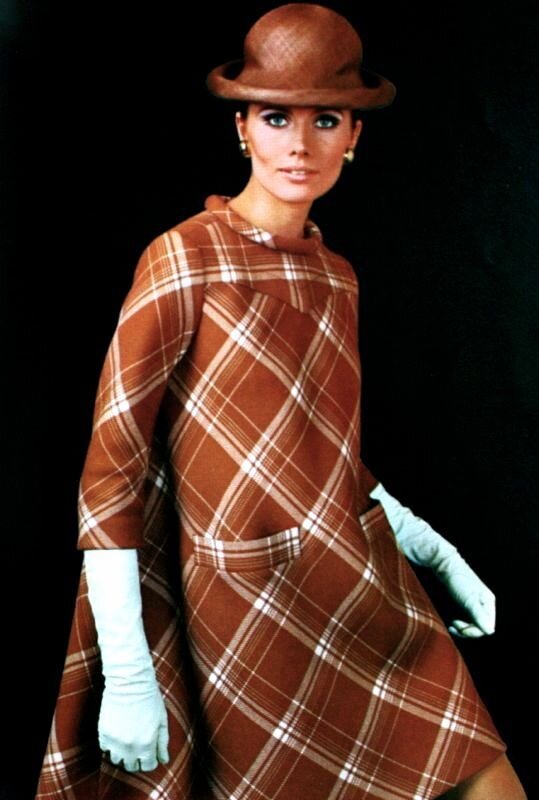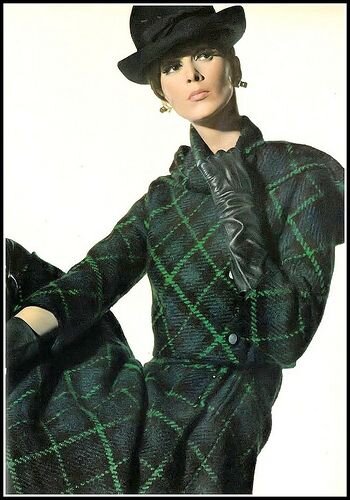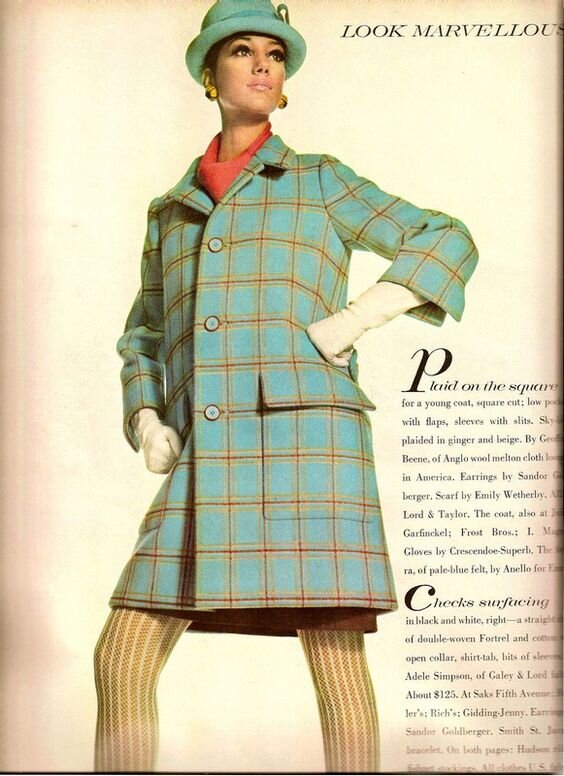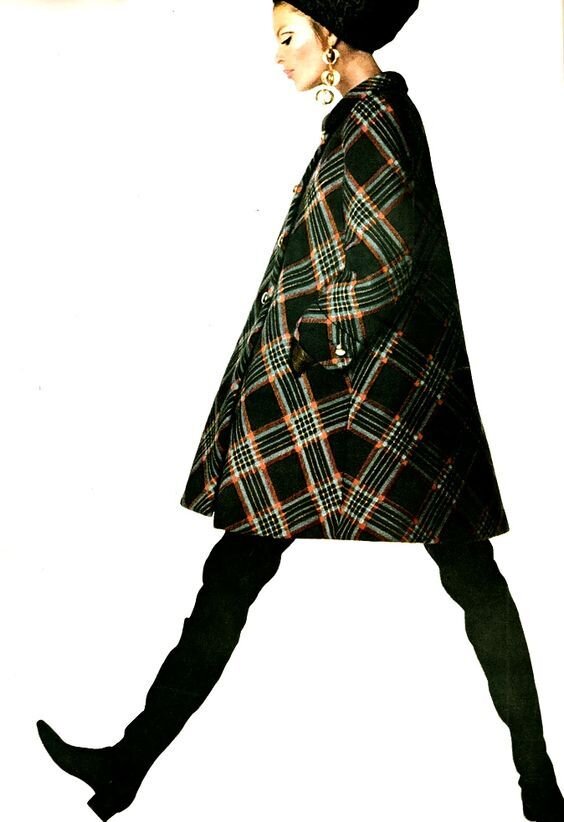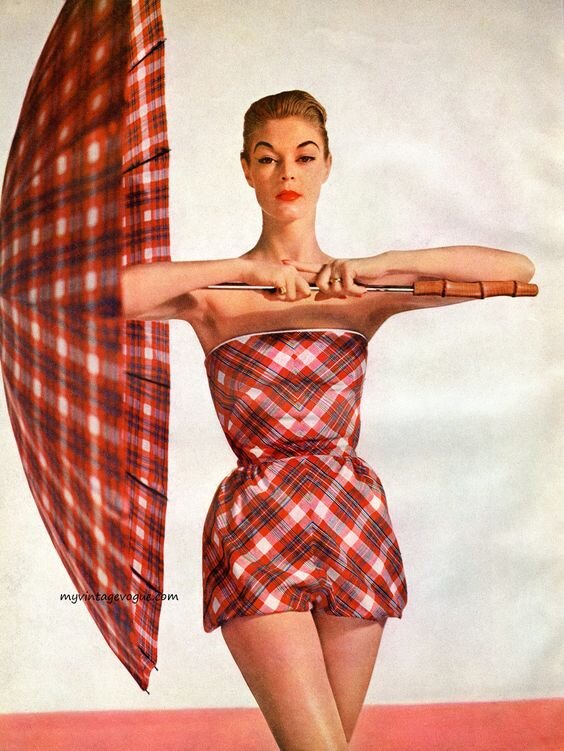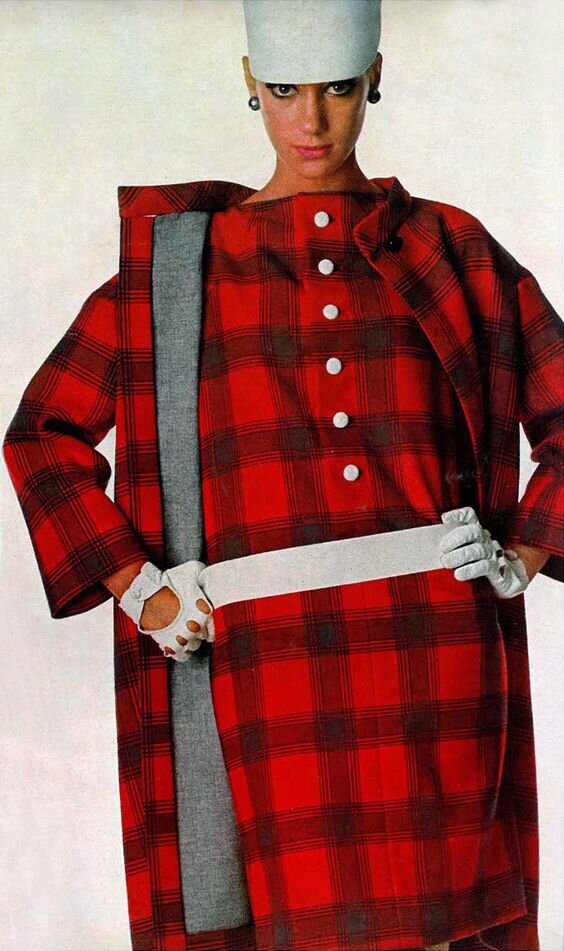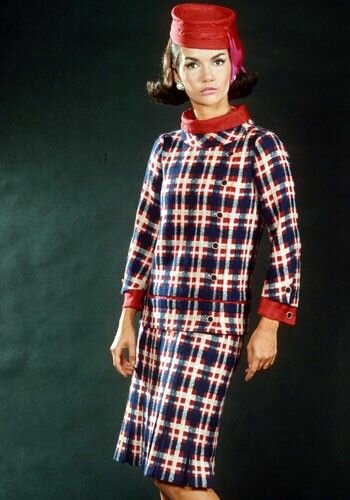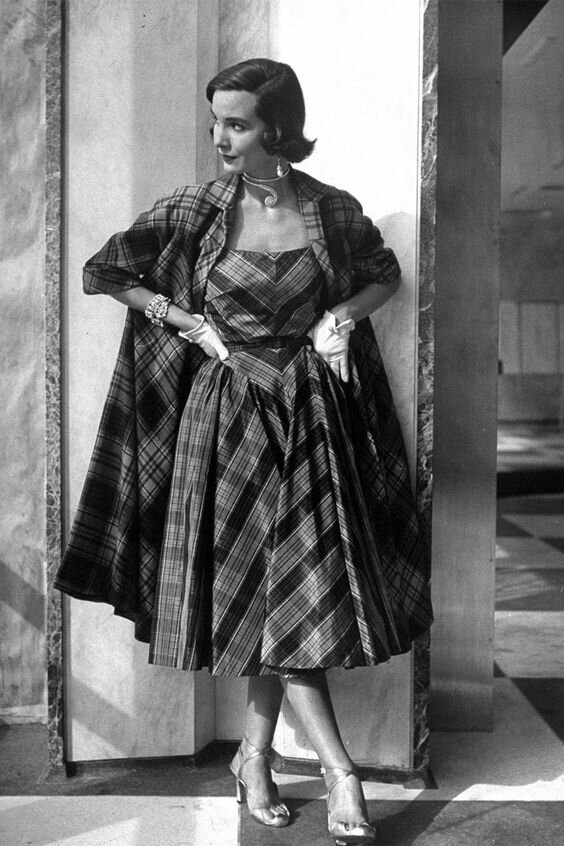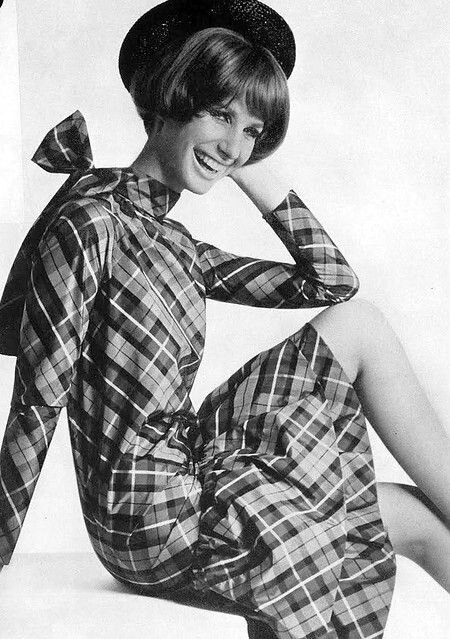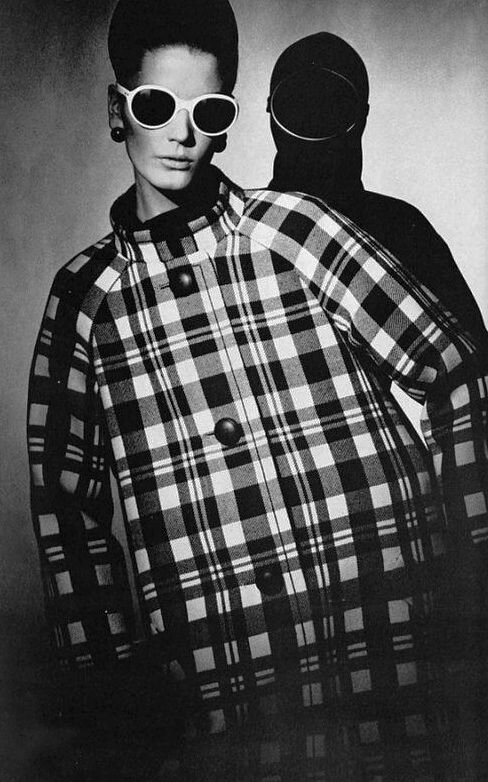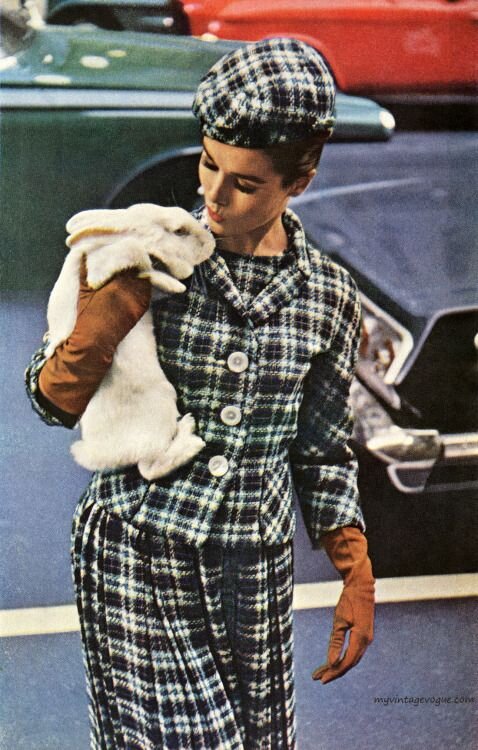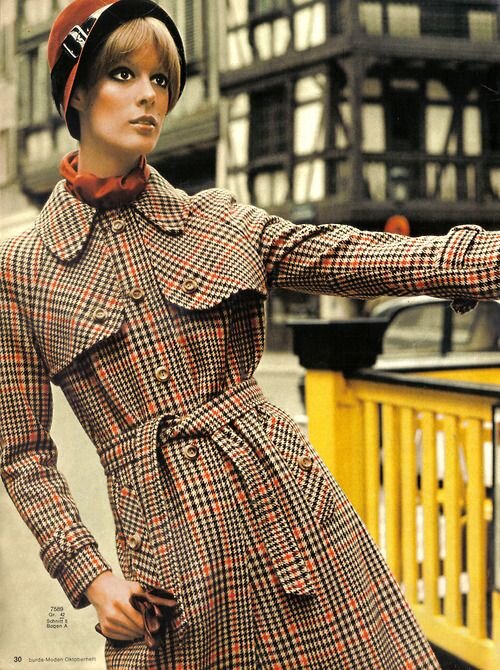A/W 2020 Runway Roundup- A Walk Down Nostalgia Lane
The A/W 2020 runway collections wrapped up just several weeks ago in Paris. After the long, strenuous and stressful month of jet-setting and show-hopping that is Fashion Month, the industry is typically able to breathe a sigh of relief and get back to normal once the frenzy calms down. But things couldn’t have ended at a more unnerving time. It’s a very strange time for the world right now. As the COVID-19 pandemic continues to take the world by a storm, we are finding ourselves faced with the unexpected and unthinkable. History is truly in the making.
These may be days of darkness and uncertainty, but there is always light at the end of the tunnel. Much like the seasons, this too shall pass. Many things we’ve come to look forward to—holidays, weddings, graduations, birthdays, concerts, parties and all other sorts of celebrations are now put on hold or cancelled entirely. Maybe fashion can offer us something to look forward to. It can serve as our escape, our fantasy, our pleasure and beacon of hope. And we must cling to the latter.
Something that can bring us comfort during these days is nostalgia. Now that many of us are cooped up at home, we may find ourselves delving into the past. In our personal lives this may mean re-discovering old passions and pleasures, rekindling relationships or unearthing old photographs. Maybe you’ll even stumble upon your childhood diary. Hey, it’s a great time to “find yourself.”
When times get tough, it is simply human nature to walk down nostalgia lane and yearn for the past. This is especially true when it comes to fashion, as designers endlessly draw inspiration from pivotal turning points in history and find ways to modernize the attitudes and aesthetics have come to shape the way we dress. This fact doesn’t necessarily mean that we are fresh out of ideas. Without the past, there is obviously no present. History repeats itself, and certain trends are bound to re-appear time after time.
Now more than ever, it seems that designers are responding to the modern consumer’s desire to combat the wastefulness of trendy fast fashion and seek sustainability through thrifting, opting for vintage, or investing in timeless staple pieces. The retro styles that reigned on this season’s runway will make it effortless to look chic by acquiring vintage gems when stores re-open again.
For your visual pleasure, I’ve enclosed an abundance of vintage imagery ranging from the 1890’s to the 1990’s to demonstrate the many ways in which fashion history repeats itself. From the femme-fatale vixens of early 20th century cinema to the disco days of the ‘70s, let’s reflect upon the past while peering into the future.
1. FEMME NOVEAU
There’s two sides to every story, and this rang true for the burst of modern femininity on the runway this season. Feminism has been a long-reigning theme within fashion in recent years as designers have responded to the major shakeups and activism that define our new wave of feminism. We’ve seen a fluctuation of attitudes in recent years that has ranged from dark and daring to a complete and utter embrace of classic girlish appeal. Femininity must be challenged and reconstructed.
For the A/W collections, some designers took a more daring path. The dark angel archetype appeared through lace, peek-a-boo transparency and lingerie-inspired silhouettes. There was undeniable edge, sex appeal; even a bit of gothic charm. These vixen vibes echoed the screen sirens of the early 20th century. Theda Bara and Pola Negri were starlets known for their femme-fatale roles in films that defined the silent and golden age of early cinema. Bara was arguably the first true “sex symbol” of early film, introducing characters of sexual seduction and domination—two themes of feminism that are all the more relevant today. Elie Saab, Dolce & Gabbana and Valentino offered black lacy numbers, while frothier looks at Giambattista Vali and Gucci put a dark twist on fairy-tale romantics. On the contrary, other designers looked through rose-tinted lenses. Flounce, ruffles, bows and sugary sweetness got a bit of a sophisticated spin with refreshing tailoring, unexpected details and fresh silhouettes. Pink was plentiful, but girlish charm was met with feisty attitude. At Moschino, Jeremy Scott imagined a modern day Marie Antoinette with a dash of sass. Another key component to the collection was the abundance of pannier-like silhouettes, exaggerating the hips— a look that was prominent in the 17th and 18th centuries. We saw puffed sleeves at Fendi and Balenciaga, while asymmetrical designs at GCDS and Oscar de la Renta provided off-kilter romance.
Valentino, Ermano Scervino, Vera Wang, Elie Saab, Alberta Ferretti, Dolce & Gabbana, Emilia Wickstead, Valentino, Gucci, Self Portrait, Rodarte, Valentino, Carolina Herrera, Cynthia Rowley
Giambattista Valli, Fendi, GCDS, Balenciaga, Oscar de la Renta, Alexander McQueen, Tory Burch, Antonio Marras, Vivetta, Philosophy di Lorenzo Serafini, Lanvin, Gucci, Rodarte, Moschino
2. SHINE ON, YOU CRAZY DIAMOND
When the A/W collections come around each year, designs that shimmer make an unsurprising appearance each and every time. Perhaps this is due to the fact that it’s the holiday season, filled with parties and events that call for festive glamour. In the words of Kid Cudi’s 2008 ballad Pursuit of Happiness, “Everything that shine ain’t always gonna be golden.” According to the runway, things can glisten in a variation of hues: disco-ball silver, chocolate brown, black, purple, emerald green and cobalt blue. This season, there was no shortage of all that shines. We saw sleek lamé, sequins, pailettes, embellishments and textured sheen that made rounds through slouchy, oversized silhouettes, ruffles, pleats, suits and party frocks. Akris, Sies Marjan and Sally Lapointe showed sleek suiting in sequins and holographic shine, while more red-carpet worthy garments appeared at Valentino and Oscar de la Renta.
There is certainly an air of nostalgia to this look. Sequins and shine were the true symbol of glamour during the first half of the 20th century, from early screen sirens and flappers to golden age Hollywood starlets. During the ‘60s, the “space age” era injected a sense of modernity into fashion. One of the most notable designers of the time was Paco Rabanne, known for his futuristic creations. Current creative director Julien Dossena reminisced on the brand’s decade-defining space age aesthetic through glistening chainmail numbers. Metallic, sequins and holographic sheen are easy to incorporate into fall and winter wardrobes. A sleek metallic blazer or trench coat will elevate any monochromatic ensemble, and a shiny little black dress or blouse can transition from day to night. Vintage sequined pieces are easily thrift-able.
Alberta Ferretti, Bottega Veneta, Andrew Gn, Balenciaga, Christan Cowan, Akris, Paco Rabanne, Valentino, Zimmermann, Sies Marjan, Naeem Khan, Bibu Mohapatra, Oscar de la Renta, Genny, Ulla Johnson, Sally LaPointe, Michael Kors
3. HIGH VOLUME
The fall and winter runways were bursting with volume. ‘80s inspired exaggerated shoulders, puffed sleeves, larger-than-life silhouettes and couture shapeliness dominated the collections.
Voluminous silhouettes have been lingering for several seasons, but designers took it to a whole new level for A/W ‘20. One of the most unusual variations of this look were the pointy, angular shoulders seen at Balenciaga and Balmain. Puffed sleeves were another look that appeared with prominence; perhaps a more tangible way to embrace the trend. This style goes way back—Queen Elizabeth I can be seen sporting the silhouette in many of her portraits, which symbolized her immense power. She wasn’t alone. If you had any sort of power or prestige in the 15th and 16th centuries, the extravagant assertion of frou-frou poof made it known to the world. The puffed sleeve was also quite popular in the Edwardian and Victorian eras, only to re-appear in the 1930’s. In the ‘50s, Cristobal Balenciaga established his signature aesthetic through “balloon-hemmed” dresses and enormous silhouettes that have come to define much of today’s couture collections. While voluminous looks may seem a bit outlandish for everyday attire, the trend can be obtained with more subtlety. Puffed sleeves can be easily donned through a work-friendly blouse, while exaggerated shoulder pads within a classic coat can be a daring staple.
Alexander McQueen, J.W. Anderson, Balmain, Isabel Marant, Balenciaga, Givenchy, Chanel, Tadashi Shoji, Carolina Herrera, Christian Siriano, Rick Owens, Adeam, Elie Saab, Simone Rocha, Carolina Herrera
4. PRINTS, PLEASE
Prints are typically associated with spring and summer, but they made quite the splash throughout the A/W runways. Some may see them as an eyesore, while others are happy to embrace the whimsical and graphic allure. There was a plethora of busy prints and patterns on the runway. Much of them were retro-fueled, specifically channeling ‘60s and ‘70s. From subtle paisleys and psychedelic flower power to bold geometrics, blasts from the past were loud and clear. The grooviest of prints were seen at Andrew Gn and Dries van Noten, where psychedelia and fluorescence provided a pleasant pop of color.
Much of this season’s prints of the season paid homage to the ‘70s. A pleasant mix of paisley appeared at Chloe and Etro with appropriately boho-breezy designs. Geometric motifs that dominated both decades popped up at Erdem, Fendi, Akris and Oscar de la Renta.
On the more modern side of things, collage-like confections appeared at Marni, Emilio Pucci and Jonathan Cohen—chic chaos…a reflection of these crazy times. Most dizzying were the clashing combos. Florals mixed surprisingly well with polka dots at MSGM and Erdem, while botanicals met leopard at Prabal Gurung. Don’t be afraid to mix two different prints altogether. Clash is chic!
Givenchy, Erdem, Andrew Gn, Dries van Noten, Anna Sui, Oscar de la Renta, Chloe, Akris, Issey Miyake, Jonathan Cohen, Erdem, Emilio Pucci, Alexander McQueen, Tory Burch, Roksanda, Kenzo
5. MAD PLAID
It’s an irrefutable fact that plaid simply never tires. Appearing year after year, this undeniably classic motif is a timelessly chic staple in the fashion world. Some may argue that plaid is the fashion c-word… cliché. While that may be the case, I prefer to call it classic. It was no surprise that plaid was everywhere on the runway. Plaid coats cinched at the waist were of notable prominence; a form of figure-flattery for any shape or size. An unexpected micro-trend that crystalized within the realm of plaid was a daring sense of clashing. At Miu Miu, No. 21 and Burberry, varying colors and sizes of the print took form. Unusual?Perhaps… but surprisingly dashing.
Plaid has been a staple throughout fashion for decades. It first appeared with prominence in the ‘40s and ‘50s through tailored looks that ushered in a new era of the fashionable, modern day woman. The print carried well into the ‘60s as a companion to the fresh “mod” aesthetic that would come to define much of the decade. A tailored coat, wide-leg trousers or sleek pencil skirt are all effortless ways to incorporate this eternal look into your wardrobe. Even a casual flannel can be the perfect topper for any look and can be tied at the waist for a ‘90s grunge mood.
Miu Miu, Burberry, Christian Dior, Brock Collection, Lanvin, Victoria Beckham, Alberta Ferretti, Alexander McQueen, Stella McCartney, Shrimps, Etro, Michael Kors, No. 21
Runway Images: livingly.com
Vintage Images: Pinterest

